|
In my home, one doesn’t need a special occasion or excuse to pop open a bottle of sparkling wine. And these days, the gentle sound of a cork being coaxed from a bottle of bubbly, is music to my ears! With the holidays upon us, having a few bottles of sparkling wine on hand will most certainly add a little sparkle to the festivities! And I highly endorse those occasional “just because” moments as well! Here are a few suggestions of sparkling wines from around the world ranging in price from $11 to $54.99 Casas del Mar Blanc de Blancs NV Cava Brut This Cava is produced by Casas del Mar estate located in Catalonia, Spain. It is a blend of 40% Xarello (from 70-year-old vines, 30% Macabeu and 30% Parallada. Grapes are harvested from the Penedès appellation in the Catalonia region. It is made using the Méthode Traditionnelle, the same method used in the Champagne district of France, where the second fermentation takes place in the bottle. This Cava is aged on the lees between 18 & 24 months before disgorgement. Nose: Apples, citrus and pleasant yeast aromas Palate: White stone fruit, melon, floral, and a touch of spice Alcohol: 12% SRP: $11 Roscato Rosso Dolce IGT This is a delicately sweet and refreshing wine from the Lombardy region in northern Italy and is produced in the Moscato d’Asti style. It is a blend of three indigenous grapes, Croatina, Teroldego and Lagrein, in addition to a few international grapes. Each variety is vinified separately before blending. It has a screw cap, no cork to pop, but it is still a festive wine to pour! Nose: Dark berries, cherry, red raspberry Palate: This wine is frizzante (gently sparkling wine) with notes of berries and has a nice balance between sweetness and acidity. Not only will it complement desserts, but this wine will also pair beautifully with spicy cuisine! Serve chilled. Alcohol: 7% SRP: $12.99 Domaine Bousquet Sparkling Rosé Brut NV The grapes for this rosé are harvested from vineyards in Tupungato, Alto Gualtallary in Argentina at the foothills of the Andes at 4000 ft. altitude. It is a blend of (organic) 75% Pinot Noir and 25% Chardonnay and made using the Charmat Method. Nose: Cherry, red berries, citrus, a touch of floral Palate: Strawberry, ruby grapefruit, red berries, delicate bubbles. Alcohol: 12.5% SRP: $13 Paul Cheneau Lady of Spain Cava Brut NV Giró Ribot is the producer of this wine located in the heart of the Penedès appellation in Catalonia, Spain. They own 247 acres of vineyards of the indigenous Macabeo, Xarel·lo and Parellada grapes, with which Cavas are produced. This wine is made using the Méthode Traditionnelle and is a blend of 45% Macabeo, 40% Xarel·lo and 15% Parellada. It is bottle aged for 12-15 months. Nose: Citrus, light peach, brioche Palate: Dry, fine and persistent bubbles, fresh fruit, stone fruit. Nicely balanced between acidity and alcohol with a long finish. This is an eye-catching bottle that doesn’t disappoint when opened. Alcohol: 12% SRP: $14.99 Côté Mas Crémant de Limoux Brut NV This sparkling wine is produced by Domaines Paul Mas located in the southern French region of Languedoc. The grapes for this wine are sourced from Crémant de Limoux appellation. It is a blend of 60% Chardonnay, 20% Chenin Blanc, 10% Pinot Noir, and 10% Mauzac. It is produced using the Méthode Traditionnelle. After primary fermentation, the “Liqueur de Tirage,” a blend of sugar and yeast, is added to the juice a few hours before bottling. After one year of aging, the lees are expelled and the “Liqueur de Dosage” is added and aged an additional twelve months. Nose: Apples, peaches, melon, honeysuckle Palate: Citrus, candied lemon, tart apple and crisp acidity with a touch of citrus zest on the finish. Alcohol: 12% SRP: $’’19.99 Bottega Gold Prosecco DOC NV This wine is produced by Bottega SpA, headquartered in Treviso in the Veneto region of northern Italy. 100% Glera grapes are hand-harvested from manually maintained and sustainable vineyards in Treviso Plains. It is produced using the Martinotti (Charmat, tank) method. “The gilded bottle also protects the wine from light, preserving the wine's clean and refreshing aromas.” Nose: Floral, apples and citrus Palate: Pear, apple, pink grapefruit, floral. Creamy mouthfeel, fine and persistent perlage with apples and a touch of honey lingering on the finish. Alcohol: 11% SRP: $32.99 Champagne Boizel Brut Réserve NV This Brut Réserve is produced by the Boizel House, established in 1834 and located in Épernay, in the heart of Champagne. The grapes for this cuvée is a blend of 55% Pinot Noir, 30% Chardonnay and 15% Pinot Meunier. “The still wines (vins clairs) from the year are blended with 30% of reserve wines kept from the previous two harvests, ensuring consistency. By using reserve wines within two vintages only, Boizel is able to preserve freshness in their wines, a signature trait of their winemaking style. “ The wine is aged for three years on its lees, in the bottle. Nose: Floral, white stone fruit, citrus and pastry Palate: Peach, apricot, toast, citrus notes, minerality, nice acidity and persistent mousse. Alcohol: 12% SRP: $49.99 Champagne Vollereaux Rosé de Saignée Brut NV Champagne Vollereaux produces this 100% Pinot Noir rosé. They are a sixth generation family winery located in Pierry, France. “Vollereaux is one of the very few champagne wineries to use the traditional saigne method of maceration for its Rosé Champagne, which involves bleeding off a portion of pink juice during red wine production (as opposed to blending red and white wine together). This process occurs after a short contact with the grape skins and seeds.” The juice spends three years on lees, more than twice the time required by appellation rules. Nose: Strawberry and juicy red berries, vanilla and bread dough.
Palate: Strawberry, kirsch and citrus mingle with berries and cream. It is dry with fine bubbles, vibrant acidity and a hint of brioche and minerality that linger on a long finish. Alcohol: 12% SRP: $54.99 Pair the above wines with your favorite cheese, desserts, and holiday meals, or enjoy as an aperitif. And if you are stuck on what to give the 21+ drinkers on your “holiday/birthday/just because” list, these wines make beautiful gifts! If you would like more information on the regions and wine production methods, please visit the menu on the right and click on the category of interest. Until next time… Cheers! Penina To leave a comment or if you have an inquiry, please contact me at [email protected] The “new norm” for socializing and engaging with friends and family for the past seven months has mainly been conducted online. This is also true for meeting with winemakers, participating in virtual wine tastings and experiencing life abroad while sitting in my living room. Recently, I took part in a virtual wine tasting and food pairing hosted by Italian winemaker Sandro Bottega, co-owner of Bottega SpA headquartered in Bibano, Treviso in the Veneto region of northern Italy. The company produces Prosecco DOC and grappa here. In addition, they have another winery in Conegliano for the production of Prosecco DOCG. Bottega also manages wineries in Valpolicella and Montalcino. Sandro is third-generation of this family-owned company founded almost 40 years ago by his father, Aldo Bottega, a Master Distiller. What began with the family’s forefathers in the 17th century through the 1920s working and cultivating the vines as tenant farmers, landowners and wine traders, eventually evolved over time with Aldo Bottega following his passion for making grappa. In 1977, Aldo established his own distillery, Distilleria Bottega. After Aldo’s passing in 1983, his son Sandro became the company director and together with his siblings Barbara and Stefano, the company has grown to include the production of sparkling and still wines and liqueurs. In 1992, Bottega released its first sparkling wine. The company manages several different brands, among which are Bottega sparkling wines, Alexander Grappa and Accademia. Bottega’s motto is “Fatto A Mano”, which means ‘handmade’. Their mission is to work and achieve the highest levels of quality, design and sustainability. Our wine tasting for the afternoon included sparkling wines, a chocolate liqueur and gin. The food was provided by igourmet.com All of the bottles are beautifully designed and made of hand-blown Venetian glass in Bottega’s glass factory. I asked Sandro what his motivation was for using Venetian glass for his products. Sandro said, “It is important to make a completely original product from the wine or grappa to the packaging in an expression of our territory and of our culture. Another important reason I use this glass is that I like it! In my company, everything I do is not only because it is a business, but it has to be first and foremost because I like it.” Academia Prosecco Rainbow Collection is a brand that celebrates the art of Venetian glassmaking and the city’s festive carnival atmosphere. Each bottle of this collection contains Prosecco DOC. There are eight colors to choose from (black and white bottles not shown in photo) and can be combined to “create a rainbow of emotions”. Mix and match to celebrate specific holidays or events. They make great gifts for the upcoming holidays! Prosecco Spumante DOC Brut 100% Glera grapes are hand-harvested from manually maintained and sustainable vineyards in Treviso Plains. The wine is produced using the Martinotti (Charmat, tank) method. The color of this sparkling wine is pale lemon with lovely aromas of floral, apples and citrus. It is fresh and lively with flavors of apple, pear, pink grapefruit and a touch of floral. It has a creamy mouthfeel, fine bubbles and apples lingering on the finish. This wine was paired with a variety of cheeses, cold cuts, olives and pesto crackers. Alcohol: 11% SRP: $17.99 Il Vino dell’Amore Petalo Moscato Spumante Dolce 100% Moscato grapes are hand-harvested from vineyards in the Euganean Hills of Veneto. These hills contain volcanic soil, rich in potassium and alkaline soil that contributes good acidity, minerality and higher sugar content. The wine is produced using the Martinotti (Charmat, tank) method. The color is golden with a consistent and fine perlage. Classic aromas of apple, peach and rose mingle with fruity notes. On the palate, this refreshing sparkling wine offers honeysuckle, apricot, white stone fruit and a touch of minerality, balanced nicely with good acidity and sugar. It was paired with aged cheese, Gouda, pumpkin butter and water crackers. Simply divine! Alcohol: 6.5% SRP: $15.99 Gianduia Chocolate Cream Liqueur Gianduia chocolate was created in Piedmont in 1806 and has a unique bouquet of cocoa and nuts. Gianduia Bottega is a unique liqueur made with Bottega’s premium Alexander grappa from the Veneto region and Gianduia Chocolate. Grappa is mixed with milk cream (sourced from Alpine cows that only eat grass) that is homogenized and filtered to remove the fats. It is then mixed with sugar, chocolate and hazelnut paste. Heavenly aromas of cocoa and nuts segue onto the palate for a creamy and most inviting experience. Rich hazelnut flavors and cocoa contribute to this decadent liqueur and is best served cold. Sandro likes to drink this neat. However, it can be poured over ice, served over ice cream, with fruit, in a cocktail, or in your coffee. This liqueur was paired with a pumpkin spice truffle bar, dark chocolate bar and Biscotti. Alcohol: 17% SRP: $24.99 Bacur Gin This dry gin is certainly eye-catching with its unique metallic copper bottle. Italy is one of the largest producers of juniper, especially around Tuscany. And considering it is the main ingredient in gin, it was a simple leap for Bottega to produce gin. The other ingredients are pure grain, water from the Italian Alps, sage leaves from the Veneto countryside and Sicilian lemons.
This gin has aromas of sage, juniper and citrus notes that segue onto the palate mingling with a hint of perfume and lemon zest. It is smooth and delicate. I consider this a sipping gin, but I’m sure that it will spice things up when added to cocktails. Alcohol: 40% SRP: $39.00 If you would like to learn more about the grapes, regions, territories and production methods mentioned in this story, please click on the topic of interest to the right of this page. Until next time… Cheers! Penina To leave a comment or if you have an inquiry, please contact me at [email protected] There are many styles of sparkling wine on the market, one of which is Frizzante. By definition “Frizzante” is a term used for semi-sparkling or slightly effervescent wine. This style of wine is made using the Charmat method. In the simplest of explanations, the wine undergoes secondary fermentation in stainless steel pressurized tanks, trapping the CO2 inside which makes the bubbles. Recently, I received three bottles of Mosketto Frizzante wine that are made with Moscato and Brachetto grapes. Moscato Bianco is a white, aromatic varietal indigenous to Italy and is widely planted throughout the country, but particularly in the Piedmont region. Due to its good acidity, this grape is suitable for sparkling wines. Moscato is known for its sweet flavors such as orange blossom, peaches, honeysuckle, lemon and light alcohol content. Brachetto grapes, which are indigenous to Piedmont, are purplish-blue with firm-fleshed berries that are full and dense and characterized by their high sugar content and powerful aromas. These aromas are provided by the terpenes found in the grape skins. The main terpene in Brachetto is called geraniol, which is associated with the scent of roses. The wines tend to be pleasantly sweet, fruity, light-bodied, low in alcohol and have soft tannins. MGM Mondo del Vino, founded in 1991 is the producer of the Mosketto brand. In 2005, they sold a large proportion of their shares to their management team, and in 2013, the company became part of the Mondodelvi S.p.A. group. The grapes for these wines are sourced from vineyards located on a hilly ridge that stretches from Acqui terme to Santo Stefano Belbo at an altitude between 250 and 400 meters above sea level. The soils range from light limestone marl to strong sandy components with differing microclimates, all of which contribute to the expressions of these native aromatic varieties. Mosketto Frizzante Bianco Made with Moscato grapes, this wine has aromas of floral, peaches and lemon. This is a sweet wine with notes of honeysuckle, pear, melon and orange blossom and nice acidity. Although this is a touch too sweet for my palate, it would be quite refreshing in a cocktail. Alcohol: 5% SRP: $12 Mosketto Frizzante Rosato This is a blend of Moscato and Brachetto grapes and is moderately sweet. A lovely bouquet of jasmine, white peach and honeysuckle segue onto the palate with cherry, raspberry and a hint of pineapple. Alcohol: 5.5% SRP: $12 Mosketto Frizzante Rosso This wine is made with Brachetto. Floral aromas blend with notes of red berries that segue onto the palate with raspberry, strawberry and rose petals. This is a refreshing wine that is moderately sweet. Alcohol: 5.5% SRP: $12 Enjoy these light-bodied, low-alcohol, and easy-sipping wines with desserts, spicy cuisine, and cheese or as a mixer in cocktails. For more information on these grapes, please click on the menu at right.
Until next time… Cheers! Penina To leave a comment or if you have an inquiry, please contact me at [email protected] About 26 miles north of the Treviso airport in the Veneto region of Italy are the small and picturesque towns of Conegliano and Valdobbiadene. These towns are the home of Conegliano Valdobbiadene Prosecco DOCG and Prosecco Superiore DOCG where some of the finest Prosecco is made from the Glera grape variety. Conegliano Valdobbiadene has ancient origins of vine growing dating back to the Roman Empire, but the first written documentation of connecting Prosecco to this area is 1772. The DOC was established here in 1969 and the historic production of Prosecco has been limited to 15 communes. In 2009, Conegliano Valdobbiadene Prosecco DOCG certification was issued. In 2019 the Prosecco hills of Conegliano-Valdobbiadene were recognized as a UNESCO World Heritage Site. It is a countryside filled with hills and rolling slopes rising up from the Piave River. From early origins, a glacier slid down from the Dolomites and came to rest in a valley that eventually became the riverbed of the Piave. The river begins in the Alps and flows into the Adriatic Sea. The local soil is attributed to this glacier and can vary depending upon the slope of the hill. Some areas contain rock, sand, clay and iron oxides. In areas unaffected by the glacier, the soils contain marls and sandstone and are less deep and more porous. Because Conegliano Valdobbiadene is situated between the sea and Pre-alps, the area experiences a mild climate with constant breezes. Vineyards have great sun exposure and benefit from the altitude and broad differences between day and night temperatures. The slopes, micro-climate, sun exposure and various soils make this an ideal setting for growing Glera grapes and producing sparkling wine. Between the hills of Valdobbiadene are the vineyards of Valdobbiadene DOCG and Valdobbiadene Superiore di Cartizze DOCG. Also situated among these hills is Col Vetoraz, a winery with a family history that goes back 182 years. In 1838 the ancestors of Francesco Miotto settled on Col Vetoraz located on the highest peak of the Cartizze Hills of Valdobbiadene and began growing vines. During WW1 the vineyards were damaged from bombing and so the Miotto family began the repair and growing of the vines again. In 1980, at the age of 29, Francesco Miotto took over the company when his father died. He started producing sparkling wines using the traditional natural fermentation “Col Fondo” ('with the bottom' in Italian) method where the second fermentation takes place in the bottle. But unlike Metodo Classico (Champagne/traditional method) there is no disgorgement or filtration so the sediment/lees remain in the bottle. However, most of Col Vetoraz wines are produced using the Charmat method. (Second fermentation takes place in steel pressure tanks) In 1993, Francesco joined forces with Paolo De Bortoli (agronomist) and Loris Dall’Acqua (winemaker) and founded Col Vetoraz Spumanti. They only produce Valdobbiadene DOCG and Cartizze DOCG wines which they consider unique expressions of their roots. The philosophy that guides Col Vetoraz is “We follow a method that preserves the expressive integrity of the fruit; this is the only way to obtain the natural balance and harmony that the vine has given us”. This philosophy and respect for “the raw material and the highest quality” is expressed in the elegance of their sparkling wines. Col Vetoraz wines are not treated in any way, not even with fining agents. “This safeguards the integrity of the aromas and structure of the original fruit, developing a natural roundness and creamy, full-bodied creamy effervescent mouthfeel.” I noticed that none of the samples I received had the word “Prosecco” on it. Col Vetoraz provided me with an answer. “Col Vetoraz has such a deep bond with the territory that it rebelled against a choice made in 2009 when “Prosecco” became an appellation extended to nine provinces between Veneto and Friuli. The simple distinction between "Prosecco" (the wine produced in those territories created in 2009) and "Prosecco Superiore" (the wine produced on the historical hills of Valdobbiadene and Conegliano) has ceased to convey the age-old history and winemaking vocation of the hills of Valdobbiadene and Conegliano. For this reason, we believe it is fundamental to begin a new, different type of communication, in which the wine’s territorial identity is extremely clear and unmistakable. Beginning with the 2017 vintage, Col Vetoraz has decided to remove the word “Prosecco” from all of its labels and all communications media, using just the denomination "Valdobbiadene DOCG" - our wines’ true and unique territorial identity.” All of the following wines are made with 100% Glera grapes, using the Charmat method. Due to the steeply sloping hills, all work and harvesting are done by hand. Valdobbiadene DOCG Brut 2019 A dry and savory wine with aromas of floral, pear, apple and peach. Palate offers rose petals, apple and white stone fruit with fine and creamy bubbles. Alcohol: 11.5% SRP: $20-$22 Valdobbiadene DOCG Extra Dry 2019 This is a lovely dry wine with fruit and floral aromas. The palate offers delicate notes of peach, pear and apple with a creamy mouthfeel and a dash of citrus. Alcohol: 11.5% SRP: $20-$22 Valdobbiadene DOCG Millesimato Dry 2019 Delicate aromas of floral, citrus, pear and apple segue onto the palate with notes of apricot and white stone fruit. Fine and persistent bubbles are nicely balanced with subtle sweetness and a fresh mouthfeel. Alcohol: 11.5% SRP: $28-$30 Valdobbiadene DOCG Extra Brut Cuvée 5 2019 This wine is a lovely blend of grapes selected from five vineyards. Although it is very dry, the wine still expresses a fresh and fruity palate. Aromas of pear, apple and citrus notes spill onto the palate with fine bubbles and creamy mouthfeel. Alcohol: 11.5% SRP: $28-$30 Valdobbiadene DOCG Extra Dry Cuvée 13 2019 This is a blend of grapes selected from 13 vineyards. A subtle bouquet of floral, citrus and white stone fruit opens to a dry but pleasing palate of floral, pear, peach and citrus. It has a creamy and persistent perlage with a lengthy finish. This wine is fresh and vibrant. Alcohol: 11.5% SRP: $28-$30 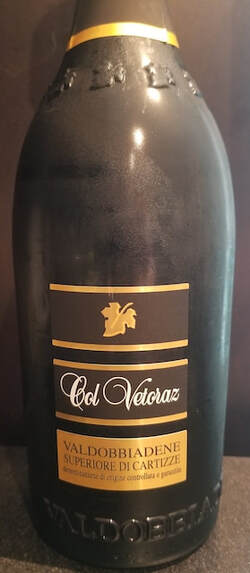 Photo credit: Penny Weiss Photo credit: Penny Weiss Valdobbiadene Superiore di Cartizze DOCG 2019 The grapes for this wine are sourced from the steepest hills of Col Vetoraz and Mont in the well-known Superiore di Cartizze DOCG area. Succulent aromas of white flowers, fresh fruit, citrus and apples open to an elegant palate of pear, sweet apples, peach and a trace of citrus on the finish. A delicate acidity blends beautifully with a velvety mouthfeel and fine perlage. Alcohol: 11.5% SRP: $45 All of these wines can be enjoyed as an aperitif or paired with light fare such as shellfish, grilled fish and appetizers. As of now, only the following wines are available in the United States: Valdobbiadene DOCG Brut Valdobbiadene DOCG Millesimato Valdobbiadene Superiore di Cartizze DOCG It was a treat to taste these wines and be momentarily transported back to a magical trip that I took to Conegliano Valdobbiadene two summers ago. Until next time…
Cheers! Penina To leave a comment or if you have an inquiry, please contact me at [email protected] "Life is not measured by the number of breaths we take, but by the number of moments that take our breath away." -Maya Angelou. My first thought after being invited to explore the sparkling wines of Breathless Wines was that it was a rather unusual name for a winery. By its very definition, one might immediately think of not being able to breathe. Having just recovered from Covid-19, I admit that my thoughts did wander in that direction. But other definitions for “breathless” are anticipation, excitement, or the act of experiencing a strong emotion. And after tasting these enchanting sparkling wines, they did take my breath away but in a very positive way! The box that the wine arrived in was an eye-catching presentation with a lot of thought and love poured into it and certainly captured my attention! Breathless Wines, a female-led winery, was founded in 2008 and is located in Healdsburg, CA in the heart of Sonoma County’s wine country. It is owned and run by three sisters, Sharon Cohn, Rebecca Faust and Cynthia Faust. The winery was born out of a desire to honor their mother who passed away from a rare lung disease. I asked the sisters why the name “Breathless”. Sharon replied, “We are honoring our mom, Martha, who encouraged dreaming big. Our mom lived her life taking no breath for granted, even before her diagnosis, so the name Breathless fit her to a tee.” Their mother’s passion for life, to dream big and live life to the fullest was passed down to her daughters and is evident in every aspect of Breathless Wines The sisters, who refer to each other as sister 1, 2, and 3, each bring their unique expertise to Breathless. Sharon, (sister 1) Is the “glitz, glamour and panache” behind the bubbles of Breathless and handles all of their Marketing. Rebecca, (sister 2) brings her business savvy to Breathless with over 20 years of experience in the wine industry. She is co-founder of Rack & Riddle and has been the CFO of several wineries. And Cynthia, (sister 3) who is the ambassador for Breathless, has also been in the restaurant and catering area with her husband. I asked them why they decided to focus on sparkling wines. Sharon said, “ Sparkling wine has always been a favorite “go-to” over the years for all of us. Rebecca (sister 2) and her business partner Bruce Lundquist, started what has become the second-largest producer of sparkling wines, only behind Korbel. Custom crush for bubbles has increased in demand as they built the business from the ground up and so we had the perfect launching pad and with Penny, their executive winemaker willing to take us on, we began our quest.” Breathless winemaker, Penny Gadd-Coster, and honorary 4th sister brings her expertise and passion for producing Méthode Champenoise (traditional French method) sparkling wines. She was awarded Winemaker of The Year in 2013, just one of many awards in her 35 years of winemaking. Breathless Wines works with select vineyards throughout the North Coast of Sonoma County and Mendocino County. Their focus is on sustainability and finding the best grape clones within these choice vineyards. Sharon said, “Penny has worked with our vineyard partners, for over 13 years. She has a love for the Pommard Clone (Pinot Noir) and searches it out as she can. Her profiling and blending of the grapes to make the Breathless wines is spot on to what the sisters are looking for time after time!” And, indeed, these wines are “spot on”! Breathless Brut NV Sourced from vineyards in Sonoma County, this is a blend of 60% Chardonnay and 40% Pinot Noir. Aging is 24 months. Deep gold in color, wonderful aromas of brioche, tart apples, and a touch of floral emanate from the glass. Fine bubbles and a refreshing mouthfeel lead to a palate of melon, pear, citrus notes and a hint of vanilla that lingers on the finish. Alcohol: 12.5% SRP: $27 Breathless Blanc De Noirs NV Grapes for this wine were harvested from Sonoma County and is a blend of 93% Pinot Noir and 7% Pinot Meunier. Aging is 24 months. A soft salmon color sets the stage for succulent aromas of berries, brioche and a hint of spice. This is a refreshing wine with fine bubbles that enhances the flavors of strawberry, cranberry, cinnamon and a hint of spice. A touch of citrus zest lingers on the finish. Ooh, la la! Alcohol: 12.5% SRP: $32 Breathless Blanc De Blancs NV Sourced from Sonoma County, this 100% Chardonnay is aged for 32 months. Pale lemon in color this sparkling wine opens to delightful aromas of sweet apple, baking spice, citrus and tropical fruit notes that spill onto the palate with a creamy and fine effervescence. Pear and a touch of vanilla linger on the finish that begs for another sip. Alcohol: 12.5% SRP: $34 I love wine labels and this one is certainly an attention-getter. Sharon explained how they chose this particular label. “We searched high and low for a label for Breathless. Our vision was of the hikes we took with our parents while backpacking in Yosemite and Yellowstone and every day hikes in Sonoma County. We would reach the summit and turn around to admire the view and were always reminded of how lucky we were to live and experience the beautiful nature all around. We were breathless from the hike and the view. We just couldn’t translate that to the bottle no matter how hard we tried. Our sister Cynthia found this beautiful 1915 vintage poster while googling champagne under Wikipedia. We all agreed it perfectly embodied our mom and her spirit. This label represents how our mom, Martha, lived life every day, always celebrating large and small accomplishments and time together. The woman on our label is not only a tribute to our mother but to all the men and women who teach and remind us to take each breath we are given as a gift to be cherished.” Have a glass of Breathless sparkling wine and enjoy the journey it takes you on. And remember, just breathe. Until next time…
Cheers! Penina To leave a comment or if you have an inquiry, please contact me at [email protected] If you are searching for red, white and sparkling wines to serve this summer, look no further. This trifecta of easy-drinking wines will certainly put a smile on your face and entertain your palate. These wines are produced by Pasqua Vigneti é Cantine located in Verona, Italy. In January of 2019, I had the pleasure of dining with Riccardo and Alessandro Pasqua, who represent the third-generation of this family-run winery. And ever since then, I have been reviewing and enjoying their collection of wines. Please click on the menu at right to read reviews and learn about the history of this winery. As I’m sure you know, Verona is renowned as the setting for Shakespeare’s Romeo and Juliet. The label for Pasqua’s Romeo and Juliet PassioneSentimento and Prosecco was inspired by Shakespeare’s star-struck lovers and is a tribute to “all great passions, just like our family’s passion for wine”. The label is a photograph of the messages left daily by visitors that are posted to a 20-foot wall outside of Juliet’s house on Cappello Street in Verona. Riccardo and Alessandro felt “it was important for the label to equate Verona with Italy”. And when it comes to making these wines, Pasqua is definitely showing lots of creativity in the winemaking process. Alessandro said, “The Rosso breaks about 10 rules!” Romeo & Juliet PassioneSentimento Bianco, Veneto IGT 2018
This wine is made from 100% Garganega grapes. Using the appassimento technique, the grapes are left to dry for a short time in crates to enhance the sugar and floral aromas prior to maceration and fermentation. Part of the wine is aged for a few months in French oak and then blended. Lovely floral aromas mingle with notes of citrus, peach and pear that continue onto the palate with stone fruit, and a hint of apricot and melon. This wine is dry and quite refreshing with good structure, crisp acidity and a lingering finish. Serve as an aperitif or with light fare. Alcohol: 13% SRP: $16 Romeo & Juliet PassioneSentimento Rosso, Veneto IGT 2017 This wine is a blend of 40% Merlot, 30% Corvina and 30% Croatina grapes that are hand-harvested from the eastern area of Valpolicella. Like the Bianco, this is an appassimento-style wine. After harvesting, the grapes are dried in wooden crates for a few months to achieve a high sugar concentration. Because the grapes have different aging times, vinification takes place separately in steel tanks and then is blended and aged in oak barrels for three months. Alessandro Pasqua says, “This is a fun wine, inside and out”. This wine starts with a heady bouquet of berries, rose and baking spice. The palate is layered with juicy cherry notes, plum, pomegranate, anise and a hint of chocolate and spice that lingers on a long finish. It is dry and beautifully balanced with silky tannins. Serve with grilled meat, game, stews and aged cheese. Alcohol: 14% SRP: $16 PassioneSentimento Prosecco Treviso Spumante Brut, DOC This sparkling wine is made with 100% Glera grapes harvested from vineyards in the premium Conegliano subzone of Treviso. It is made using the Charmat method where the second fermentation takes place in large stainless steel tanks. What makes this Prosecco different is that the wine remains in the tank for 60 days, which is double the aging period typically identified with Prosecco production. The result offers a much finer and more elegant perlage. This Prosecco is quite aromatic with fresh fruit, pear and a touch of floral. The palate offers pear and green apple with a hint of minerality and citrus zest on the finish. This is a refreshing and balanced wine with persistent bubbles and crisp acidity. Serve as an aperitif or with appetizers or shellfish. Alcohol: 11% SRP: $16 I think you will find these wines suitable for just about any occasion. And the quality to price ratio is impressive! Until next time! Cheers! Penina To leave a comment or if you have an inquiry, please contact me at [email protected] While visiting Asti in the Piedmont region of Italy a few months ago, I spent an afternoon at a walk-around tasting of the ASTI DOCG wines. One of the tables that I stopped by was Fontanafredda where I met the delightful Chiara Destefanis, Communications Director for the estate, who poured a variety of delicious sparkling wines for me to try. Little did I know that just a short six weeks later I would be sitting across the table from Chiara at a winemaker’s luncheon in New York! Only this time the emphasis was on Fontanafredda Barolo wines. Giorgio Lavagna, Fontanafredda’s lead winemaker was there as well to guide us through an impressive tasting of current releases and a few library treats dating back over 20 years. Fontanafredda estate is located in the Langhe region of Piedmont, Italy. It all began with a love story. In 1858 King Vittorio Emanuele II bought the Fontanafredda estate as a gift for his beloved and favorite mistress, Rosa Vercellana aka “La bela Rosin”. They had two children together, who eventually inherited the estate, Maria Vittoria and Emanuele Alberto, Count of Mirafiori and Fontanafredda. In 1866, the king bought the first vineyard of Barolo and by 1870 winemaking began in the cellars of Fontanafredda using the indigenous grapes Dolcetto, Barbera and Nebbiolo. The king’s son Count Emanuele Alberto of Mirafiori turned the estate into a full commercial winery with over 741 acres of wine vineyards. Fontanafredda released their first Nebbiolo labeled as Barolo with the 1878 vintage, the same year that the king passed away. The count is credited with making Barolo legendary and turning Fontanafredda into a village, complete with a church and school. After the count’s passing in 1894, his second son, Gastone took over. Unfortunately, Phylloxera, several wars and the economic depression took a toll on the wine business. A bank bought the estate and cellar, and the brand was sold to the Gancia family in 1931. It wasn’t until 2009 that Fontanafredda was sold to Piedmont native, Oscar Farinetti and Luca Baffigo Filangieri. The 250-acre estate is in Serralunga d’Alba, which is a cru site of Barolo, and it is the largest contiguous wine estate in the Langhe. With the new ownership in 2009, sustainability became a special focus and today Fontanafredda is the largest certified organic company in Piedmont, beginning with the 2018 harvest. The climate is typically continental in the Langhe with rain usually arriving in the spring and fall. Rainfall amounts vary and can be a large determinant in the diversity of the harvest from one year to the next. Soil here is mainly calcareous, but composition can change every 10 meters or so with more sand or higher content of loam and clay. Our tasting began with 2012 Alta Langa DOCG Contessa Rosa Rosé Sparkling wine with the addition of Barolo 1967! This wine is named after the king’s mistress, Countess Rosa Vercellana. It is an aromatic and fresh wine with berries, a hint of herbs, fine bubbles and balanced acidity. Giorgio said, “The Barolo is added to the wine to give smoothness”. Barolo DOCG Del Comune Di Serralunga D’Alba 2015 This is the first single-village Barolo ever produced since 1988. Giorgio said, “the soil in Serralunga has a strong influence, helping to produce grapes with strong tannins and high acidity, making the wine more age-worthy. 2015 was a very good vintage.” This wine is velvety even with the pronounced tannins. It has great structure and balance and the fruit is lush with cherry and spice. Barolo DOCG Fontanafredda 2013 This wine is considered an “old-style” vintage with aging in oak casks for two years and then 12 months in the bottle. (This is minimum aging allowed for the DOCG) It has lots of spice, red fruit, tart cherry and silky tannins. It is quite expressive and has a lengthy finish. Barolo DOCG Vigna La Rosa 2011 and 1996 No one really knows if this 20-acre vineyard is named after the king’s love for Countess Rosa or a tribute to the wild roses that grow on the top of the hills. I’d like to think that it is named after the countess. After all, it is one of the most prestigious vineyards on the estate. It is a perfect scenario for growing grapes with a landscape in the form of an amphitheater and rows of vines facing south and southwest, capturing the heat and helping the grapes to ripen. The soil also contributes with its rich mixture of sand, limestone and blue marl of Serralunga. All of this results in exquisite Barolos with floral aromas, fine tannins and balanced acidity. The 2011 vintage is complex with a rich palate of dark berries, spice, soft tannins and a long finish. Sergio called the 1996 vintage, “old-style Barolo that is dark and brooding”. Although the aromas were leaning toward stewed fruit such as plum and cherry, along with sweet spice and forest, the palate was surprisingly rich with traces of dark cherry, plum and herbs. The finish was long and impressive. Barolo 2010 Riserva and 2000 Riserva Barolo Riserva is only made in exceptional years and comes exclusively from Fontanafredda’s estate vineyards within the communes of Serralunga d’Alba and Barolo. To be considered a Riserva, the wine must age for five years, three years in the barrel and two years in the bottle before its release. Giorgio said, “A minimum aging of three years in barrel is required for Riserva wine, but sometimes even five years is not enough. The wines need to express themselves, and only time can do that.” Barolo Riserva 2010 has enticing aromas of red berries, cherry and spice. The palate is layered with dark berries, plum, sour cherry, spice and silky tannins. Riserva 2000 aromas are softer with very ripe (almost overripe fruit) and spice. The palate shows softer fruit and less spice than the 2010 vintage. There are hints of sour cherry and anise with a silky mouthfeel and long finish. As we sipped and ate lunch, Giorgio reminisced about Barolo winemaking in the 1970s. “I didn’t produce wine in the 70s, I just tasted it. Everything was by chance and depended on the moon phase. No studies were being done. In the past, farmers and winemakers went on their own paths, each with their own role. There was no communication”. Thankfully, all of that has changed and communication is key between grower and winemaker. They say it takes a village to raise a child. It also takes teamwork and the right climate and soil to produce these expressive and elegant wines!
Until next time… Cheers! Penina To leave a comment or if you have an inquiry, please contact me at [email protected] Since my views have never changed concerning Valentine’s Day, I decided to repost part of a story that I wrote a few years ago with the addition of some wines and treats to celebrate “hearts” day! “With Valentine’s Day almost upon us, flower and candy shops, jewelry stores and the wine and spirits industry are bedazzling us with an array of red and pink treats. Ah yes, Valentine’s Day is the one day of the year that we make a point of celebrating romance, love and friendship by expressing our affection with cards, gifts and special dinners. Personally speaking, I think we should be celebrating each other and ourselves every day! By now, you know that I’m a big proponent of “just because” when it comes to opening a bottle of wine. And that philosophy extends to buying flowers, jewelry and candy! For me, it’s the unexpected gesture of love and friendship that is the most meaningful, not because a holiday dictates it. And yes, I admit that I have on rare occasions gone overboard in celebrating Valentine’s Day. At heart, I am a hopeless romantic Whether it’s Valentine’s Day or a “just because” day, pick up some fun treats and open up a bottle of rosé, sparkling or still wine that you’ve never tried before.” To start your Valentine festivities this is the “perfect pairing” of wine and cheese. Having just returned from Piedmont, Lombardy and Veneto where I indulged in sparkling wine and out of this world cheese, I was excited to receive a sampling of Garda DOC Spumante wine and Piave DOP cheese upon my return home. Pairing these two makes so much sense when you think about how Piave DOP is surrounded by sparkling wine production. Garda DOC is made up of ten historic appellations located along the western shore of Lake Garda, the largest lake in Italy. As you can see from the map below, Garda DOC is partially in Lombardy and then continues on to a small area in Veneto. These sparkling wines are produced in both the Metodo Classico and Charmat method and range in style from Brut Nature to Demi-Sec. The Consorzio Garda DOC was founded in 1996 to protect the value of the wines and to ensure that all rules of production are followed. Cantina Di Custoza Spumante Extra Dry, Garda DOC 2018 This wine opens with delightful floral and fruit aromas that lead to a palate of fine bubbles with notes of pear, peach, honeysuckle and minerality. It is light and refreshing! The gentle fruit and floral flavors of the wine combined with the nutty flavors of the cheese are divine. Alcohol: 11.5% Piave DOP is a hard, cooked curd cheese that is only produced from indigenous Italian cattle breeds in the Dolomites area of the Belluno province in Italy’s Veneto region. The Consorzio Di Tutela Del Formaggio Piave was created in 2010 to protect from misuse or counterfeiting, in addition to making sure that all traditional production techniques are used. There are five different age classifications with aging being anywhere from 20 days to over 18 months. Piave Fresco D.O.P. (20/60 days), Piave Mezzano D.O.P. (61/180 days) Piave Vecchio D.O.P. (>180 days), Piave Vecchio Selezione Oro D.O.P. (>12 months) Piave Vecchio Riserva D.O.P. (more than 18 months). My cheese samples included: Piave Medium (60/180 days) This cheese has a straw-yellow color with a mild nutty flavor that imparts a nice creamy texture on the palate. Piave Vecchio Selezione (12 months) The color of this cheese is dark yellow showing its age. This is a rich and smooth cheese with a pronounced walnut flavor and a hint of sweetness. Piave DOP cheese is delightful on its own or with sparkling wine. It also makes a great addition to recipes. Here are a few more wines that I recently wrote about that will add a smile if not sparkle to your celebration. Domaine Bousquet Brut NV Chardonnay /Pinot Noir A delightful sparkling wine made with organic grapes sourced from the vineyards of Tupungato, Argentina. Beautiful aromas of citrus, apple and tropical notes segue onto the palate with hints of brioche and pear. Fine bubbles and a creamy mouthfeel add to a fresh and crisp treat. Alcohol: 12.5% SRP: $13 Charles Heidsieck Brut Réserve NV A golden color and fine bubbles lead to a complex and elegant nose of brioche, pear, white flowers and a hint of apricot and citrus. The palate is rich with white fruit, toast and tart baked apples, with hints of cherry, citrus, toasted nuts and vanilla. It has good acidity and a creamy texture with a long, lush finish. Alcohol: 12% SRP: $69 Pasqua Vigneti é Cantine PassioneSentimento Prosecco Treviso Spumante Brut, DOC This Prosecco is quite aromatic with fresh fruit, pear and brioche. The palate offers pear, apple, a hint of slate and lemon zest on the finish. This is a fresh and balanced wine with tiny bubbles and lovely perlage. Alcohol: 11% SRP: $16 Bibi Graetz Bollamatta Spumante IGT NV This wine is soft pink in color with an abundance of fruit and floral on the nose. The palate offers strawberry, cherry, stone fruit, bread and citrus. Fine bubbles and crisp acidity make this a “crazily” refreshing wine! Alcohol: 12.5% SRP: $26 Banfi Rosa Regale Brachetto D’Acqui DOCG 2019 is made with 100% Brachetto and is produced using the Charmat method. This is a well-balanced sparkling wine with just the right amount of sweetness and acidity. Aromas of roses and red berries spill onto the palate with a refreshing and soft sparkle. Alcohol: 7% SRP: $12 to $15 Domaine de Bila-Haut “Les Vignes” Pays d’Orc Rosé 2018 This coral-colored wine has subtle but inviting aromas of floral, citrus, red fruit and minerality. The palate offers a soft array of berries, rose, herbs, minerality and a hint of watermelon. This is a dry and refreshingly crisp wine with just a trace of citrus on the finish. Alcohol: 12.5% SRP: $15 Cuvée de la Commanderie Rosé 2018 A.O.P. Côtes de Provence This wine has a soft peach color with aromas of red berries, salinity and floral. The palate offers strawberry, raspberry, light citrus, salinity and crisp acidity. This is a dry and complex wine that displays elegance and freshness with savory taking the lead over fruit. Alcohol: 12.5% SRP: $20 As I like to say every year, “whether you’re celebrating Valentine’s Day with loved ones, friends, family or just want to celebrate “you”, go ahead and indulge! Eat champagne truffles and pop open a bottle of wine!”
Until next time… Cheers! XOXO Penina To leave a comment or if you have an inquiry, please contact me at [email protected] At the mention of Verona, Italy, I can’t help but think of Shakespeare’s Romeo and Juliet. It tends to conjure up romantic images of Juliet standing on a balcony professing her love for Romeo. The enchanting province of Verona is located at the foot of the Lessini Mountains and is partially encircled by the Adige River in northern Italy’s Veneto region. It is about 65 miles to the west of Venice and a short distance from Lake Garda to the north. There is much to see and do in Verona, from visiting medieval castles and Roman ruins to the famous Piazza delle Erbe where one can sip an aperitivo in one of the many outdoor cafes. But beyond these attractions lie the great wine vineyards that surround Verona including the Custoza DOC wine region also known as Bianco di Custoza. Although one might tend to associate Verona with such wines as Amarone, Bardolino, Valpolicella and Soave, the wines of Custoza should not be overlooked and are worth exploring. Custoza DOC is known for its white wine production and while on a press trip to this region last month I visited several wineries and was introduced to these fresh and lightly aromatic wines. Vine cultivation has its roots in this area dating back to Roman times. However, it wasn’t until the mid 19th century that the focus for wine production was specifically associated with the name Custoza, which is a historical village in the municipality of Sommacampagna. In 1939 the Experimental Station of Viticulture and Oenology of Conegliano conducted a study that identified some of the best wine-growing areas in the western province of Verona and the Sona-Custoza area was among them. In 1971, Custoza was established as a DOC and The Consorzio Tutela Vino Custoza (The Consortium for the Protection of Custoza wine) was founded in 1972. The Consortium presently represents 70 wineries, two cooperatives and 500 winemakers with vineyards covering about 1400 hectares. The vineyards are located between Lake Garda and the city of Verona with ideal south and southwest exposure in the moraine hills. Morainic soil from ancient glaciers is rich in minerals and contributes to the characteristic minerality and flavor that these wines are known for. The wines are also characterized by the microclimate of the DOC Custoza area. Hot summers and cold winters balanced with gentle breezes from Lake Garda tend to be consistent and contribute to the development of aromas of the white grapes. Under Custoza DOC rules, only nine grape varieties are allowed in the production of the wine, most of which are indigenous grapes. The wines are a blend of anywhere from three grape varieties up to seven or more. Garganega, Trebbiano Toscano and Trebbianello must be part of the blend. However, Bianca Fernanda has become a favorite grape variety to include in the blend as it brings a subtle aromatic scent to the wine. The other five grapes permitted are Malvasia, Pinot Bianco, Manzoni Bianco, Chardonnay and Riesling Italico. The final blend of the grapes is a work of art and each winemaker imparts his or her own style with consideration for the various soils as well as early or late-ripening grapes when blending. Traditional Custoza Bianco DOC must be a minimum alcohol level of 11% and aging is a minimum of three months. Custoza Superiore DOC is a blend of the best grapes, old vines and lowest yields. Alcohol level must be a minimum of 12.5% and aging is a minimum of five months. Generally speaking, the Custoza DOC wines range from pale yellow to golden hues. They tend to be lightly aromatic with fresh fruit and floral aromas. On the palate, one can taste the minerality in addition to flavors ranging anywhere from green and stone fruit to tropical notes. Some wines are meant to drink now while others are age-worthy. We visited three wineries, each with their own unique blends that imparted a lasting impression on my palate. Although all three wineries have vineyards throughout Verona and produce quality red wines as well, my main focus for this story are the wines of Custoza DOC. Monte Del Frà is in the heart of Custoza and is owned by the Bonomo family since 1958, but its history dates all the way back to 1492. Beginning with Massimo Bonomo, Monte Del Frà has been handed down from one generation to the next over the past 60 years. Massimo’s sons Eligio and Claudio represent the second generation who are now joined by the third generation of Marica, Silvia and Massimo who all work together to make quality wine. Marica, with abundant enthusiasm, led us on a tour and guided wine tasting. The Monte Del Frà vineyard is comprised of 15 hectares surrounding the winery headquarters in Custoza, which grow the grape varieties Fernanda, Garganega, Trebbiano Toscano and Trebbianello. It is one of 11 territories that the Bonomo family owns throughout Verona, making for approximately 137 hectares in total. Monte Del Frà practices sustainability in the vineyard as well as in the winery. In the vineyard, they apply the technical procedure of integrated defense. Marica said that one of their secrets is “we just use herbs, no pesticides”. What isn’t a secret are the refreshing, fruity and mineral-driven wines that they produce. They reflect the mirror of the terrace and the passion and dedication of the family. We tasted five wines that represent the essence of Custoza. Custoza DOC 2018 is a blend of Garganega, Trebbiano Toscano, Tocai Friulano, Cortese, Chardonnay, Riesling Italico and Malvasia. This lightly aromatic wine is fresh and fruity with lots of minerality. The flavors range from apple and peach to tropical and floral notes. It is dry and there is a nice balance between the floral and minerality. Marica said, “This wine is a style of life and a passport to being you. It is to drink, relax and be stress-free.” Cá Del Magro Custoza Superiore DOC 2016 & 2017 is a blend of Garganega, Trebbiano Toscano, Cortese, Chardonnay, Riesling Italico, Malvasia and Incrocio Manzoni. The grapes are sourced from the Cá Del Magro vineyard from vines that are 30 to over 50 years old. Both wines are complex and very aromatic. They are layered with lots of fresh fruit, sweet apple, citrus, floral and minerality. The 2016 vintage showed more minerality on the nose with a mellowed palate, but as Marica said, “It is still complex and perhaps a touch more sophisticated”. Bonomo Sexaginta Custoza Superiore DOC 2015 is a blend of Garganega, Cortese, Trebbiano Toscano, Incrocio Manzoni, Pinot Bianco and Riesling Renano. Fermenting in oak and acacia small barrels adds richness to the wines. A lovely golden hue leads to notes of honeysuckle, hints of kerosene, soft white fruit and a touch of herbs. It was quite different from the other wines that I tasted but it had its own mystique and aromatic qualities that were quite pleasing to the palate. Photo The last wine that we tasted was not part of the Custoza DOC wines, but I thought it was worth mentioning. Colombara Veronese IGT Garganega 2015 is 100% Garganega. This wine is produced from 60+-year-old vines in Oliosi, a hamlet in the commune of Castelnuovo del Garda. This is a rich and succulent wine with lots of floral aroma and stone fruit that leads to a palate of elegant fruit and spice. It is nicely balanced with minerality, savory and acidity. Monte Del Frà calls this wine “a red wine disguised as a white”. Azienda Agricola Cavalchina is located in the ancient Cavalchina district of Custoza. It was the site of the first and second War of Independency during the Risorgimento in 1848 and1866. The Ossario Monument that can be seen from the winery was erected in remembrance of all the Austrian and Italian soldiers who died in these wars. Francesco Piona, third generation in this family-owned estate, met us at the front gate of the winery. The estate was purchased in the early 1900s and the first vineyard was planted in 1942. Cavalchina is recognized as a pioneer in embracing the name ‘Custoza’ and they decided to put it on their wine labels. They made a decision to stop selling their white wine as ‘Soave’ and in 1962 they became the first winery in Custoza to label and promote their white wines made from Fernanda, Trebbiano and Garganega as ‘Bianco di Custoza’. And by 1971, Custoza DOC was established and became the standard label. All the grapes are hand-harvested from three vineyard areas that cover over 110 hectares. Francesco said, “This is an ancient land and the soil is deep and rich. The wine is a complete expression of the mineral part of the terroir.” With the grapes maturing at different times, each variety must be vinified separately when making a blend. The yields are kept very low to produce healthy grapes. We began our tasting with an entry-level wine and then moved on to a vertical tasting of Amedeo Superiore DOC. Custoza DOC 2018 is a blend of Garganega, Fernanda, Trebbiano and Trebbianello. Subtle floral aromas and minerality segue onto the palate with notes of stone fruit. This is a fresh and lively wine with a surprisingly rich texture. Amedeo Superiore DOC 2018, 2010, 2007 Prince Amedeo of Savoia fought in the Third Italian War of Independence in 1866 near the Cavalchina estate. To honor his memory the wine is named after him. He is also remembered on a memorial stone at the entrance of the winery. All three wines are a blend of Garganega, Fernanda, Trebbianello and Trebbiano. They are complex and rich. It was an impressive tasting and a tribute to the aging ability of these wines. Photo of son Amedeo Superiore DOC 2018 is imbued with a rich palate of soft floral and minerality notes. Stone fruit, apple and hints of citrus are balanced with bright acidity and a hint of almond on the finish. Amedeo Superiore DOC 2010 was the last vintage that was made with oak. Notes of floral, minerality, petrol and citrus led to a rich mouth-feel with hints of oak, savory and nice acidity. Amedeo Superiore DOC 2007 Dark yellow with age, this wine was impressive. Petrol, minerality, floral and a touch of honey on the nose segued to a pleasantly rich palate of soft fruit and a hint of spice and herbs. It was elegant! Gorgo Wine Estate is a small family-owned estate located in the village of Custoza. Dr. Roberto Bricolo originally bought the land as an investment in 1970 and used it to farm vegetables. His son, also a doctor named Roberto, founded the winery in 1973, and his daughter Roberta after attending law school, returned to Gorgo to take over the winery and eventually became the owner. What began with 22 hectares in Custoza is now over 60 hectares that are organically cultivated and the vineyards are spread throughout Bianco di Custoza and Bardolino production areas. As of 2018, Gorgo vineyards are organically certified. This was our last stop in Custoza and it was quite memorable. Not only were we treated to a royal feast, but we also tasted many “juicy” wines that included some exciting reds. Perlato Custoza DOC Spumante Brut We began the evening with a refreshing glass of Spumante. It is a blend of Trebbiano toscano, Garganega, Cortese and Durello made using the Charmat method. This is a light and zesty wine with fine bubbles and soft fruit. Custoza DOC 2018 This is Gorgo’s classic wine and bestseller. It is a blend of Garganega, Bianca Fernanda, Trebbiano toscano, Trebbianello and Incrocio Manzoni. This wine has all the classic notes one would expect of a Custoza wine. It has great aromatics, beautiful fruit notes with hints of pear and apple and minerality. San Michelin DOC 2018 This is a reserve wine made with Garganega, Cortese and Riesling that are harvested from 50+-year-old vines. The winemaker said, “The wine rests for six months and isn’t disturbed. It is allowed to develop with smells from the vineyard. The 2018 vintage was a great year.” Indeed, the wine is rich with a creamy mouthfeel and soft white fruit and citrus. It is beautifully balanced between savory and fruit. Summa Custoza Superiore DOC is elegant. It is a blend of Garganega, Bianca Fernanda and other varieties like Trebbiano and Trebbianello. The grapes are hand-harvested from ancient vineyards, (50 to 60 years old). Exotic floral scents, orange blossom, stone fruit and sweet spice spill onto the palate with ripe tropical fruit and the minerality really shines through. This is an opulent and complex wine with perfect acidity and silky mouthfeel. It was a great finish to a perfect evening! In between visiting the wineries, we stopped for lunch at Trattoria Colli Storici to feast on the local cuisine and Custoza wines. The wines paired beautifully with all the dishes served, including dessert! Custoza DOC wines are very approachable and food-friendly as proven by all the wonderful cuisine we sampled along with the wines. The next time you’re in Verona, take a ride to Custoza and treat yourself to a feast of wine and food. In the meantime, pick up a bottle or two at your favorite wine shop. I can’t wait to add a few bottles of Custoza wines to my collection. Until next time...
Inhaling the aromas of Brachetto wine is like being transported to a rose garden that is in full bloom. Add a juicy array of wild strawberries, raspberry and other red berries to the flavors of this wine and one’s palate just might reach nirvana. I recently visited the DOCG region of Brachetto d’Acqui located in the southeastern part of Piedmont, Italy to learn more about this very aromatic grape. The Consorzio Tutela Brachetto d’Acqui DOCG provided us with a wealth of information and sated our palates with delicious wine. The Consortium for the Protection of Acqui wines was founded in 1992 in the town of Acqui Terme and was the main force in attaining DOCG status to Brachetto d’Acqui in1996. The map below defines the territory consisting of about 1200 hectares. Brachetto grapes, which are indigenous to Piedmont, are purplish-blue with firm-fleshed berries that are full and dense and characterized by their high sugar content and powerful aromas. These aromas are provided by the terpenes found in the grape skins. The main terpene in Brachetto is called geraniol, which is associated with the scent of roses. The wines tend to be pleasantly sweet, fruity, light-bodied, low in alcohol (5.5% - 7%) and have soft tannins. The grapevines grow in what is considered “the aromatic hills” in marl, calcareous clay and red soils. The climate for this region is continental with Mediterranean and Alpine influences. All of this contributes to the development of the grape’s intense aromas and delicate flavor. Brachetto d’Acqui, DOCG These ruby-colored wines are mostly consumed as sparkling or semi-sparkling wines with frothy, creamy bubbles and powerful aromatics. Several styles are made using the Charmat/ Martinotti method where secondary fermentation occurs in pressurized, controlled temperature tanks for 30 days, during which the sugars in the must are transformed into alcohol and carbon dioxide by the yeasts. The wine is then immediately bottled and marketed. The differences in tank pressure help to determine the level of sparkle in the wine. Red (still) Style: These are dry wines with low residual sugar and at times made with a touch of effervescence (frizzante). They have all the quality, aromas and flavors of the grape. Sparkling Style: (produced using the Charmat/Martinotti method) Acqui DOCG This style can range from Extra Brut to sweet. Acqui DOCG Rosé (first vintage 2017) This rosé is offered as a sparkler and as a still wine. Passito Style: The grapes are dried for a minimum of nine months to concentrate both flavor and sweetness before pressing. This wine is high in sweetness and alcohol (16%) and extremely complex, concentrated and is a decadent dessert wine. Unlike the sparkling wines that have a limited shelf life of two years, Passito can be stored for decades. I did not have the opportunity to taste the Passito wine, but all of the other wines were amazing. They can be enjoyed as an appertivo or with many different styles of cuisine. Pair with appetizers, goat cheese and savory or spicy dishes. They are not just dessert wines but I must confess they are a perfect marriage for chocolate, especially dark chocolate! Serve these wines chilled. This is one of my favorite wines from our Brachetto Masterclass. Bersano Acqui DOCG Spumante Brut Rosé This is a delightfully aromatic and refreshing sparkling wine made in the Charmat method with all the classic aromas and flavors of Brachetto. It has a creamy perlage with lingering notes of raspberries and roses. SRP: $18 to $23 While in the DOCG region of Brachetto d’Acqui we visited Banfi Winery for a quick tour and tasting. The Banfi estate is located in Strevi and has 50 hectares of land of which 46 hectares are dedicated to noble wines. Banfi sparkling wines are made in the Metodo Classico as well as the Charmat method. Their recently restored cellar has an area dedicated to the production of Charmat wines as well as Metodo Classico production which is in the heart of the cellar. The barrel room is dedicated to the maturation of the noble Piedmontese red wines, Dolcetto and Albarossa. Here are two tasty Banfi wines that you might want to put on your shopping list. Rosa Regale Brachetto D’Acqui DOCG 2019 is made with 100% Brachetto and is produced using the Charmat method. This is a well-balanced sparkling wine with just the right amount of sweetness and acidity. Aromas of roses and red berries spill onto the palate with a refreshing and soft sparkle. Alcohol: 7% SRP: $12 to $15 Cuvée Aurora Alta Langa DOCG 2015 This sparkling wine is made with 70% Pinot Noir and 30% Chardonnay using the Metodo Classico method. Aromas of apple, vanilla, yeast and a hint of minerality open to a palate of persistent perlage, soft fruit, apple, pear and brioche. It finishes with a hint of citrus zest. Alcohol: 12% SRP: $16 to $23 In addition to enjoying Brachetto d’Acqui as an appertivo or with food, this wine is also a great ingredient in cocktails. Let your creative spirit run wild and invent a cocktail that everyone will remember! So, the next time you want to “wake up and smell the roses”, pour yourself a glass of Brachetto d’Acqui, DOCG. Your palate will be happy that you did.
Until next time… Cheers! Penina To leave a comment or if you have an inquiry, please contact me at [email protected] |
Categories
All
|


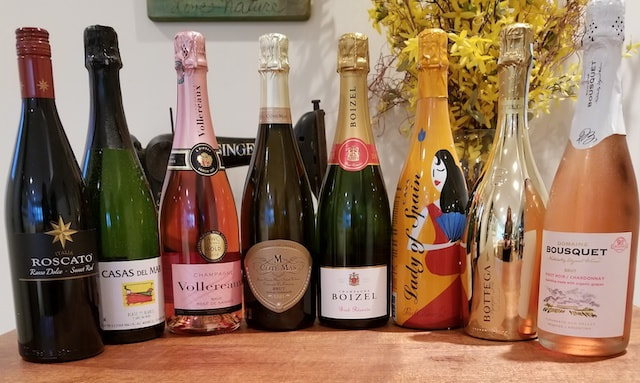
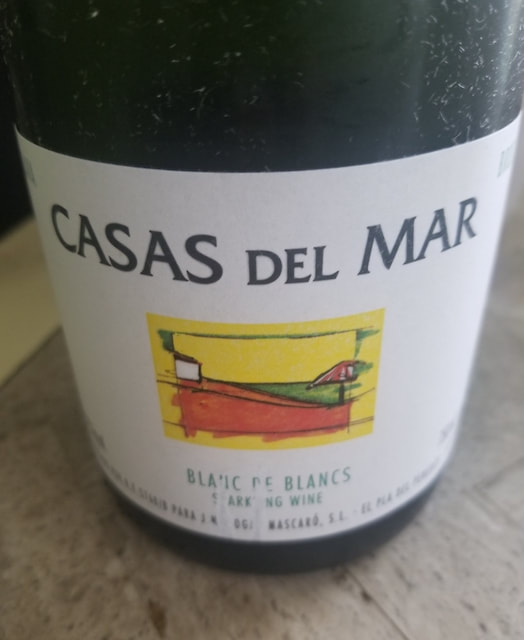
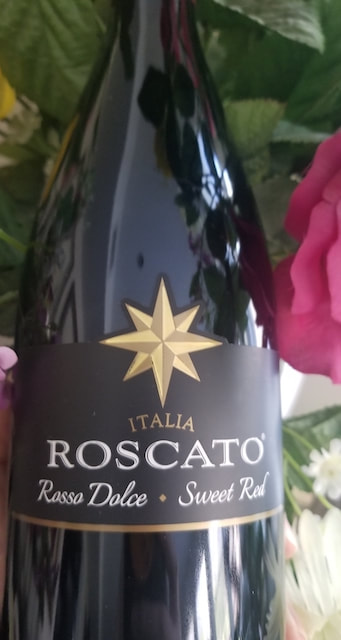
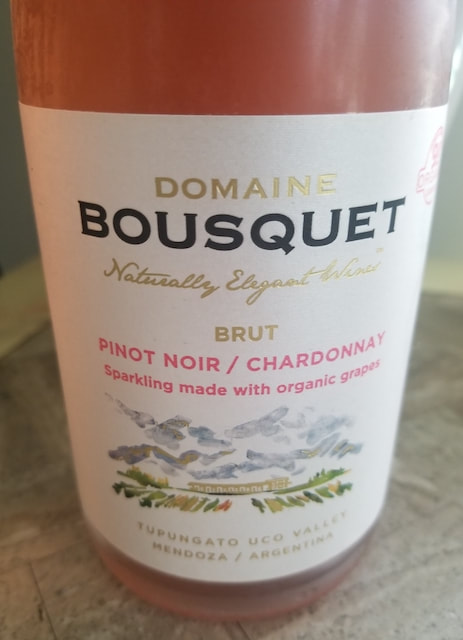
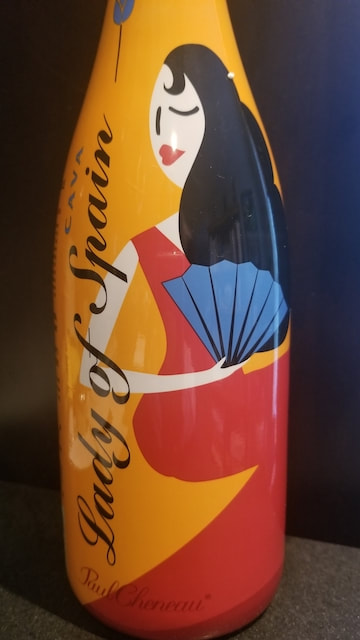
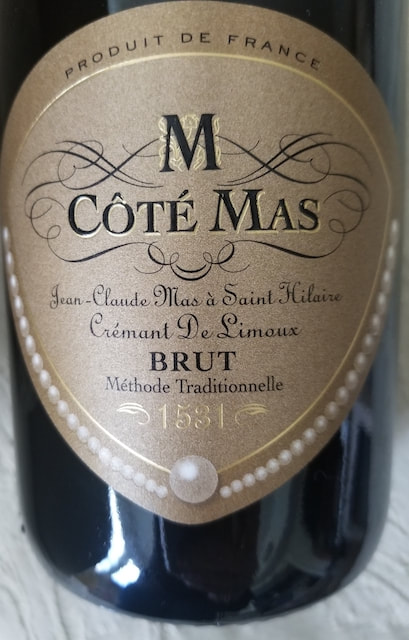
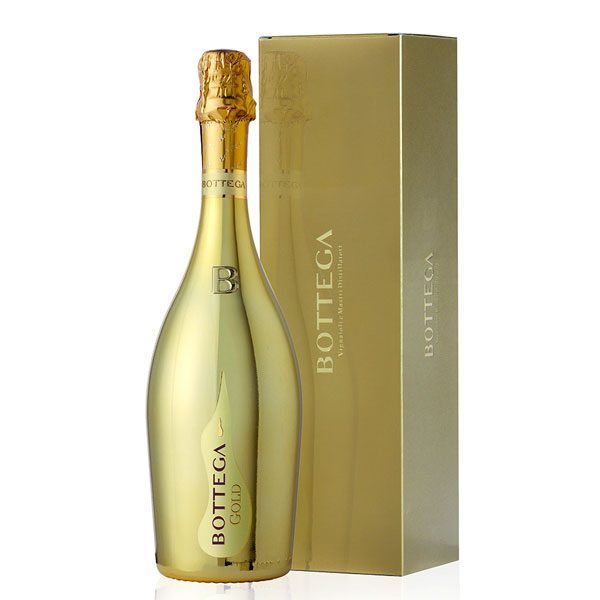
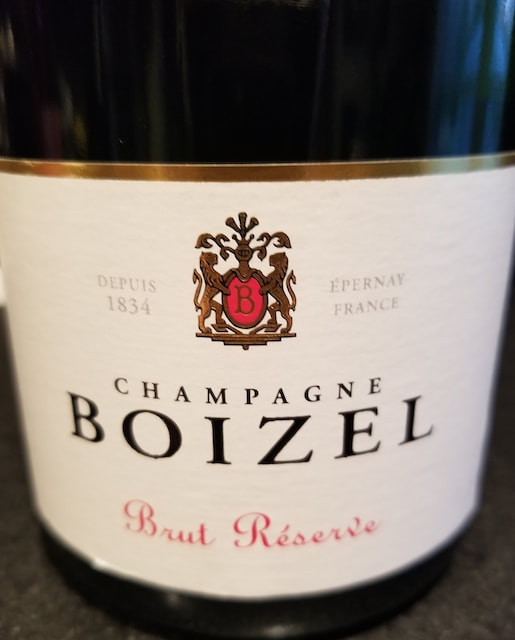
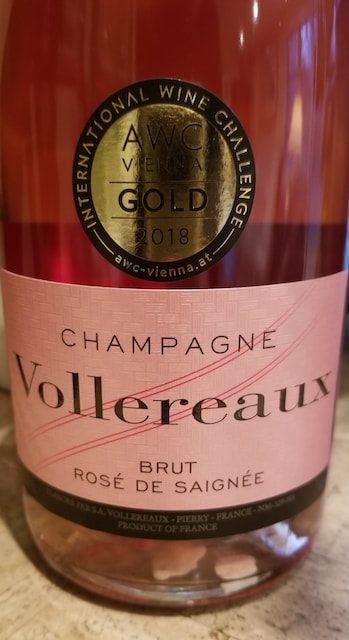
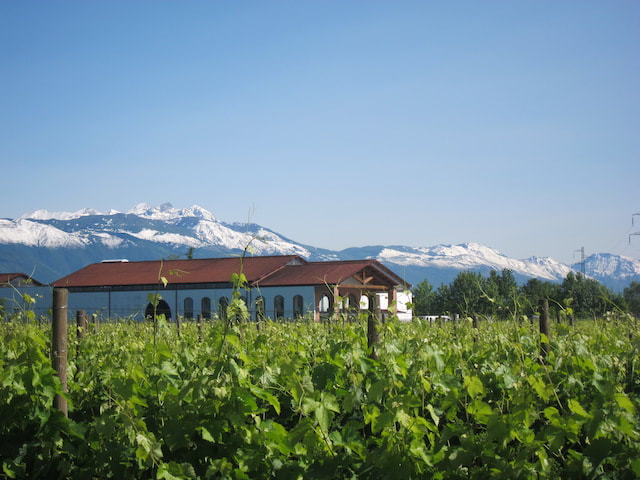
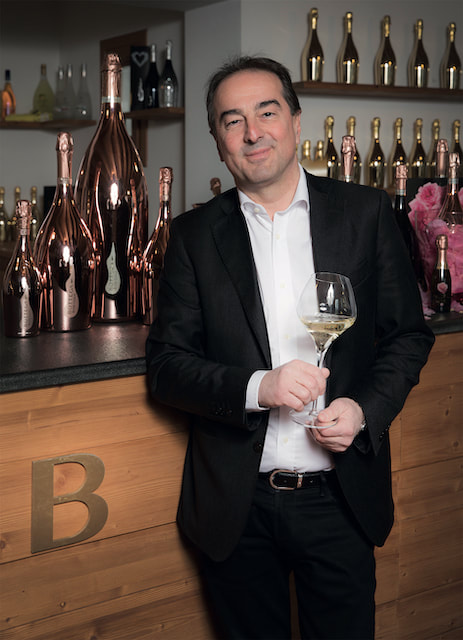
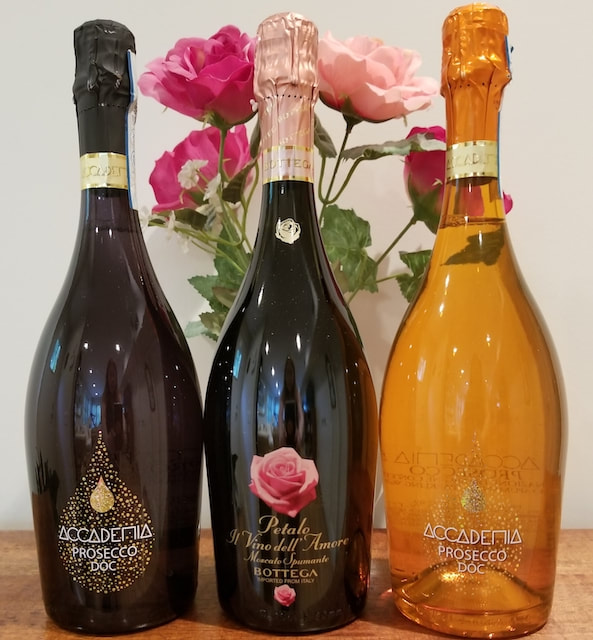
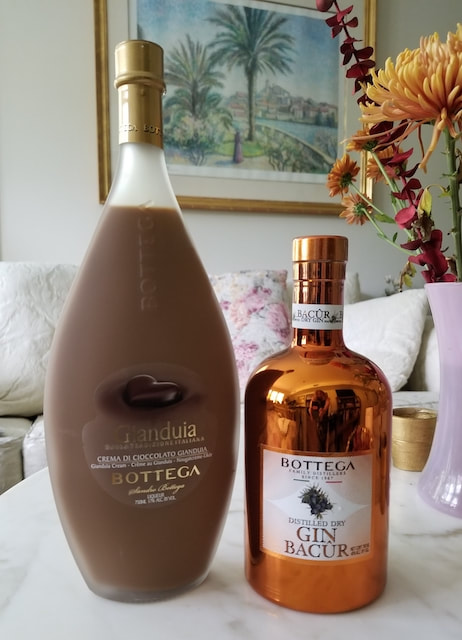
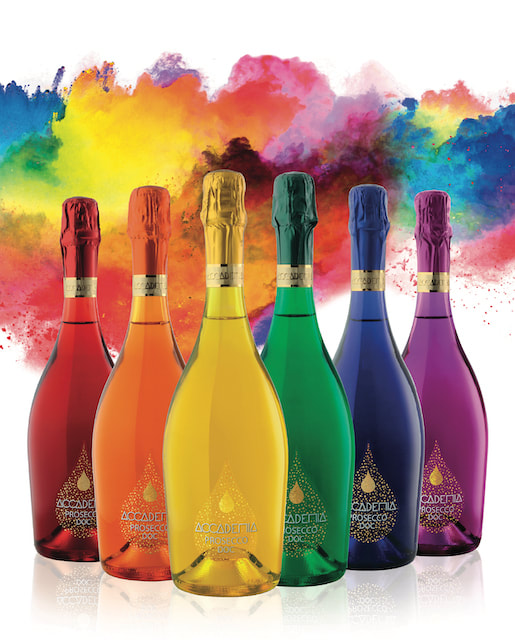
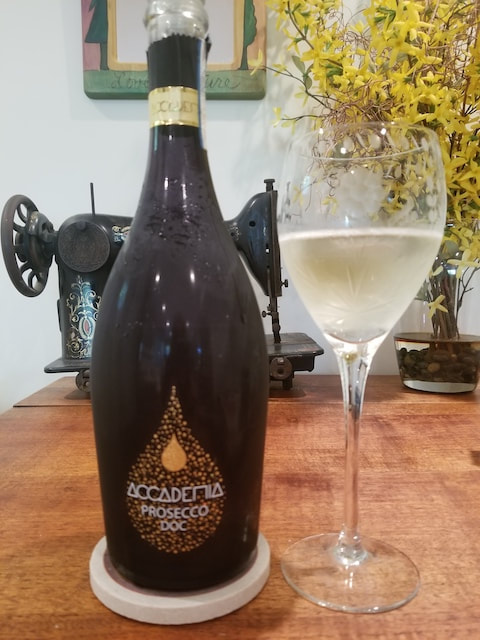
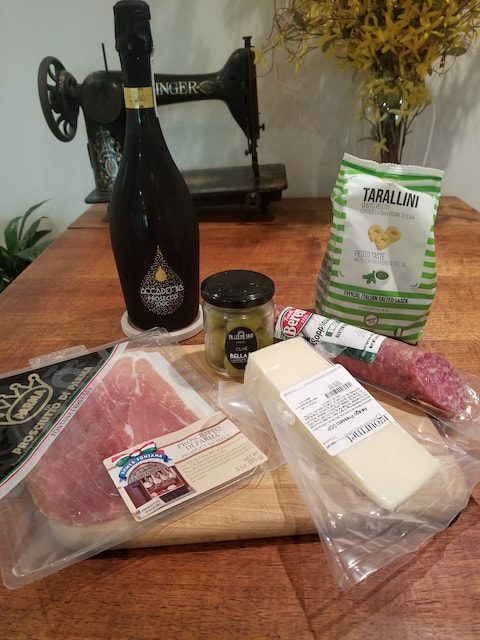
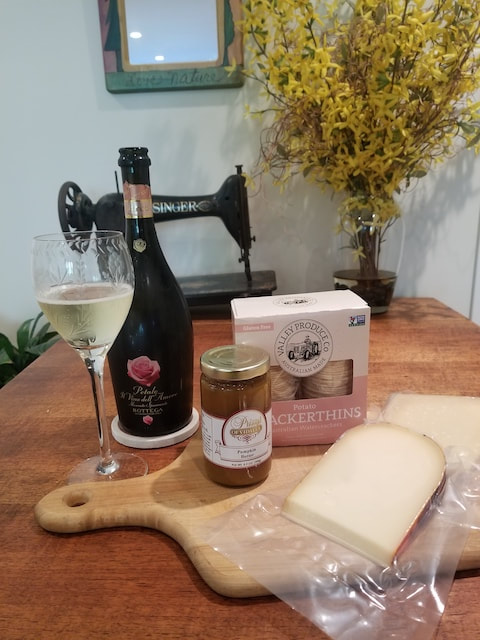
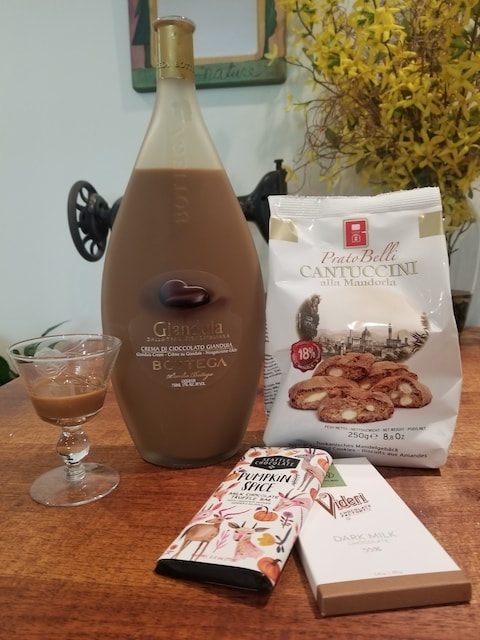
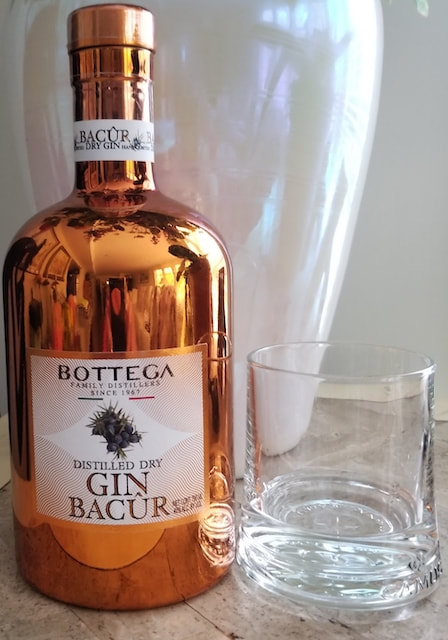
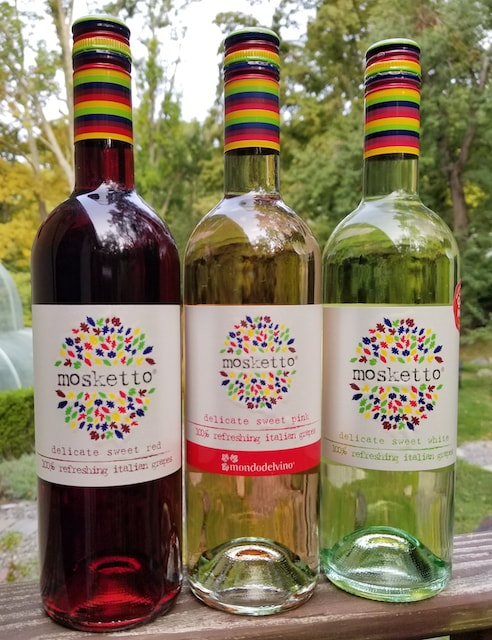
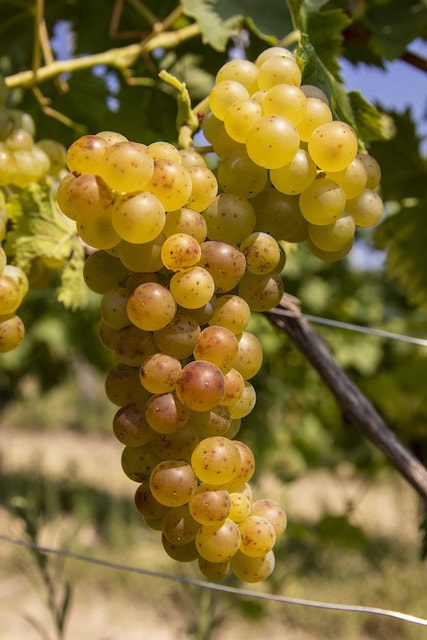
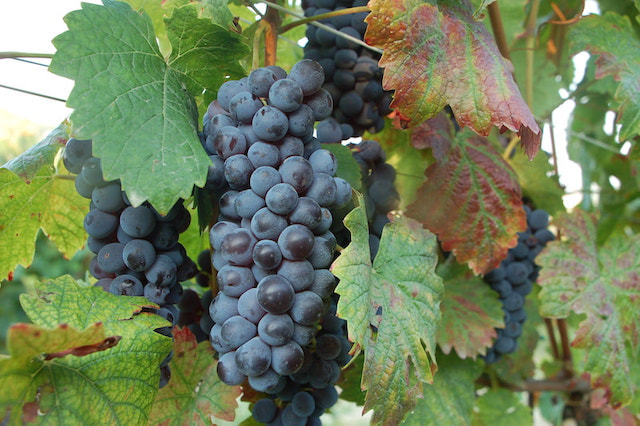
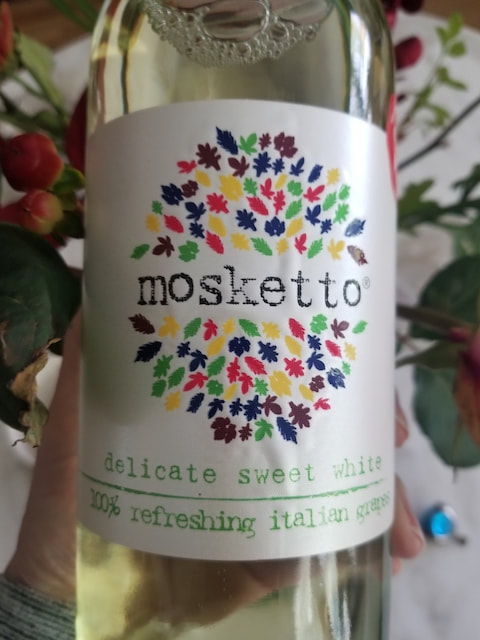
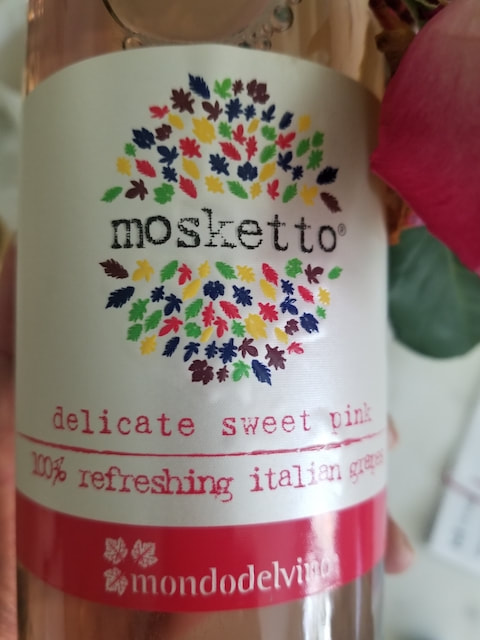
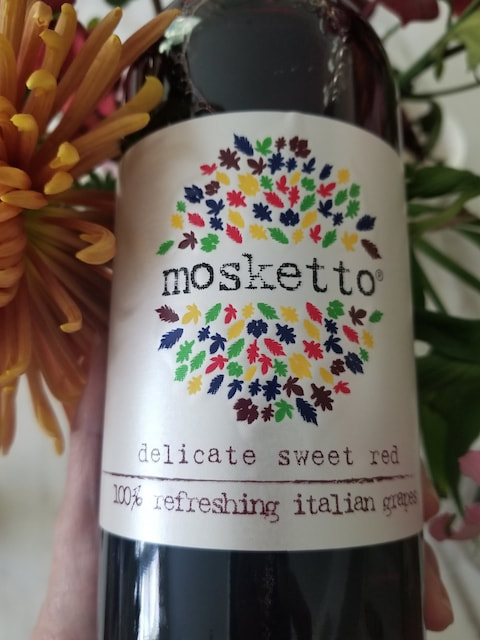
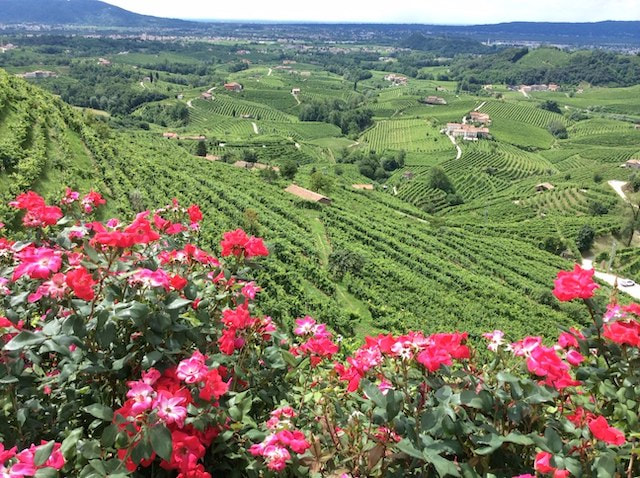
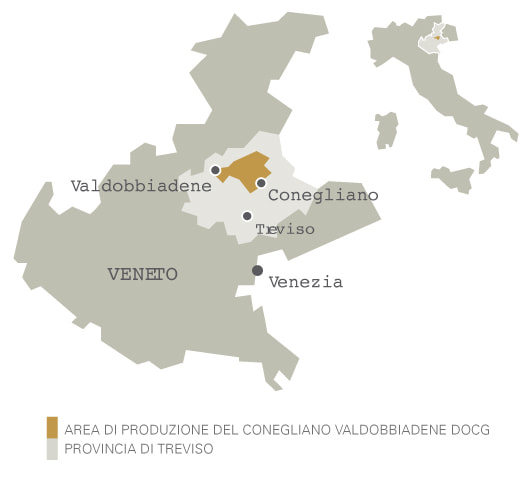
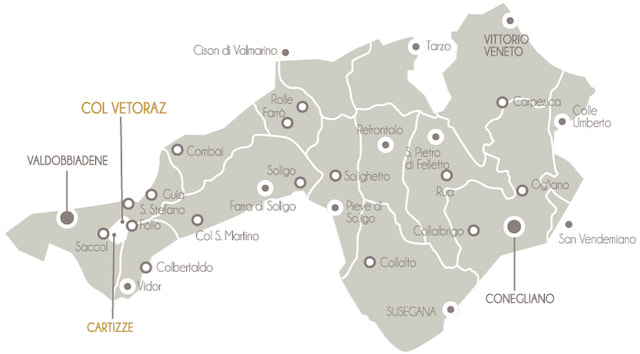
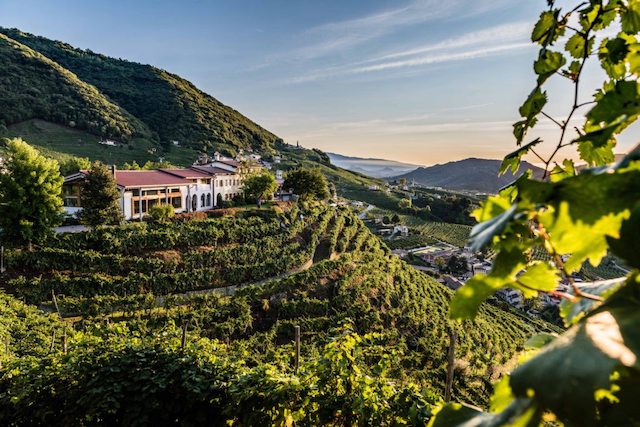
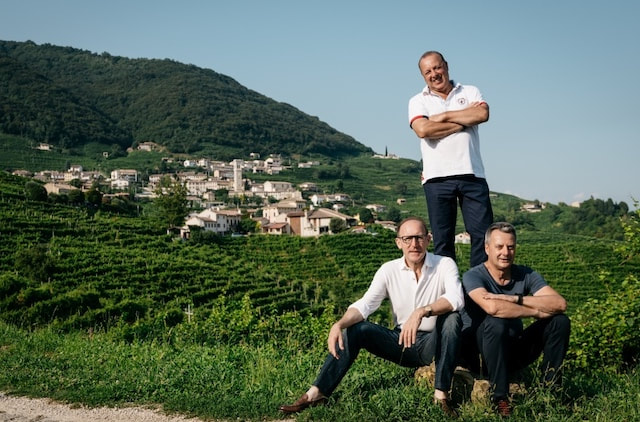
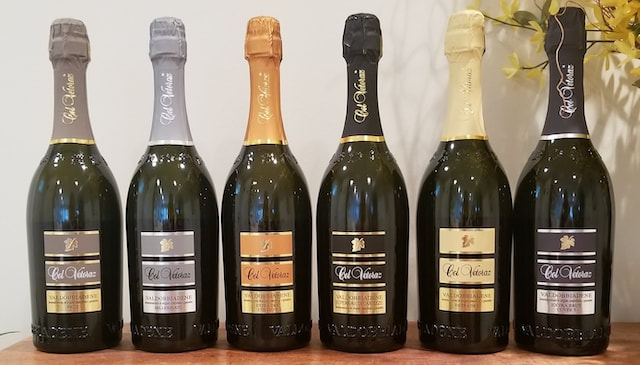
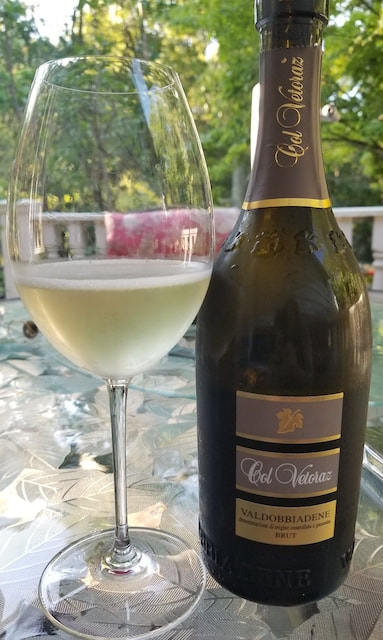
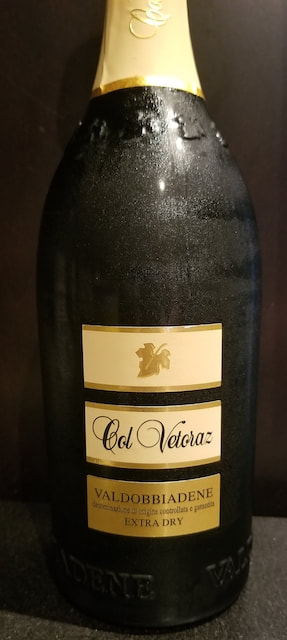
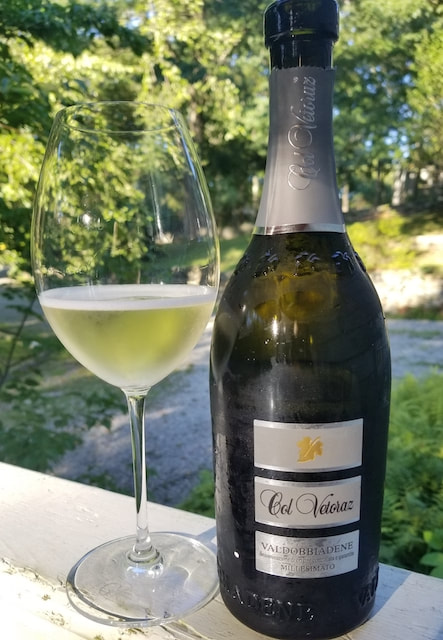
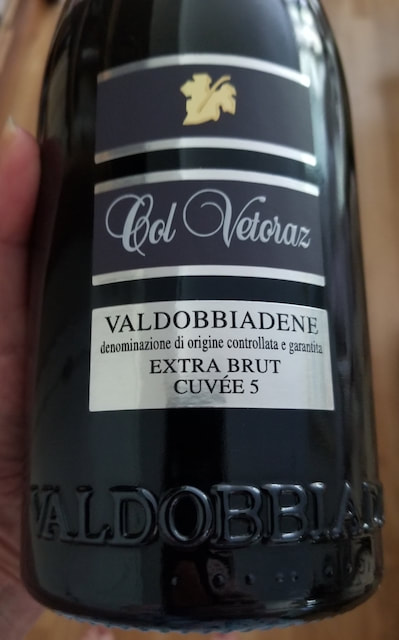
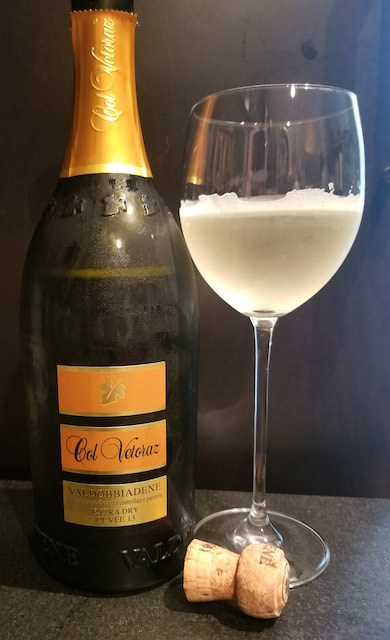
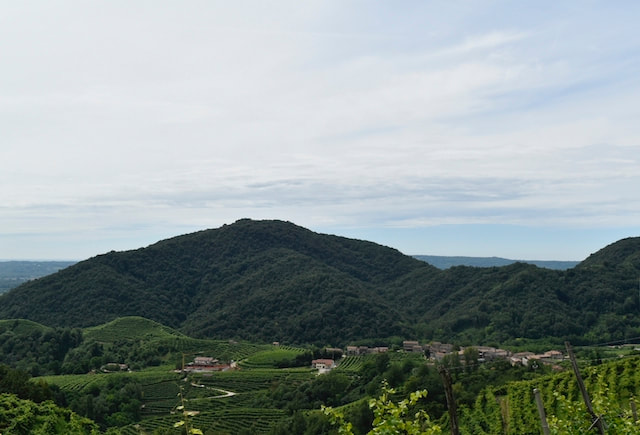
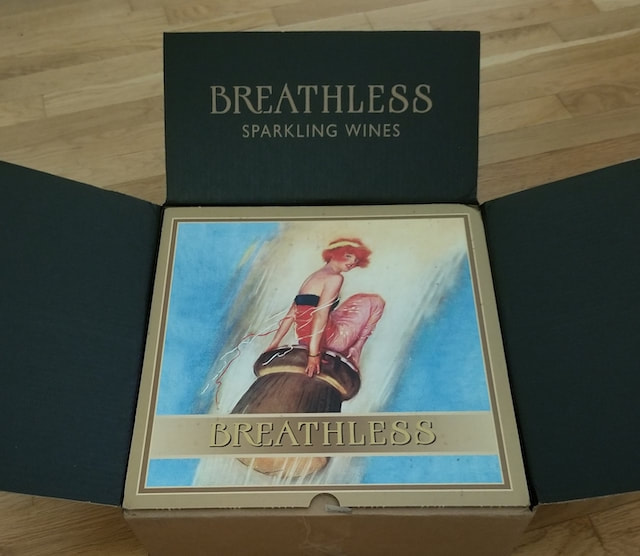
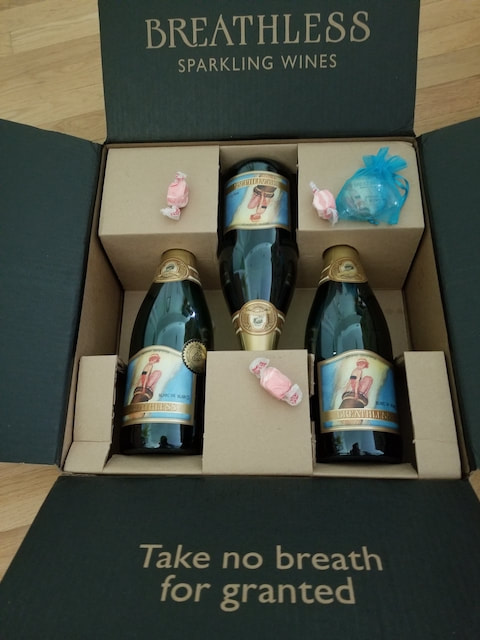


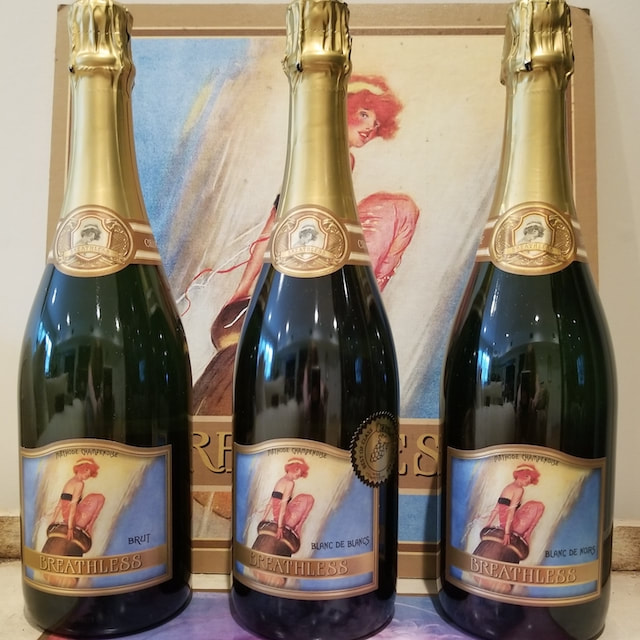
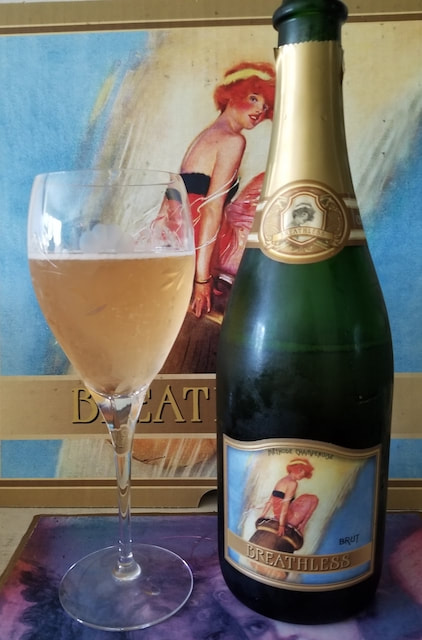
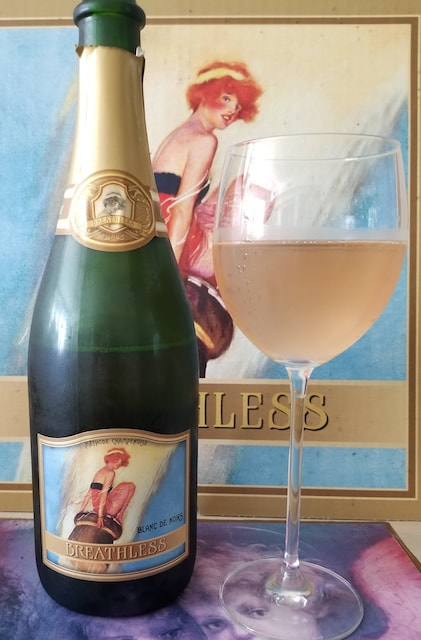
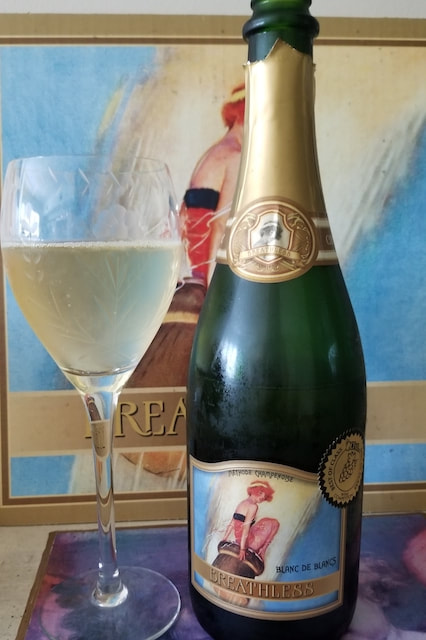
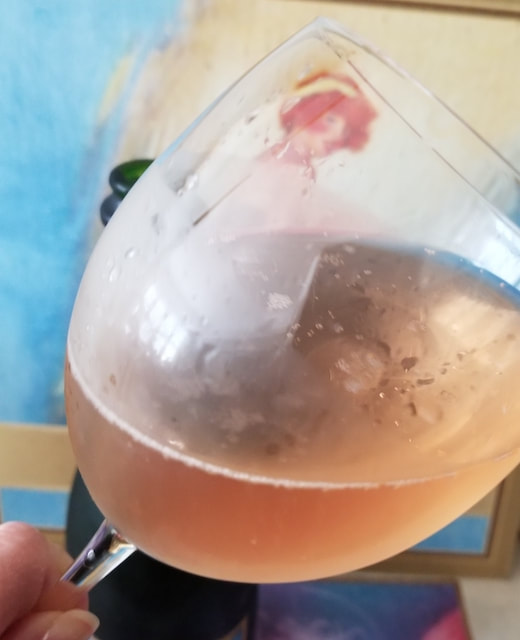
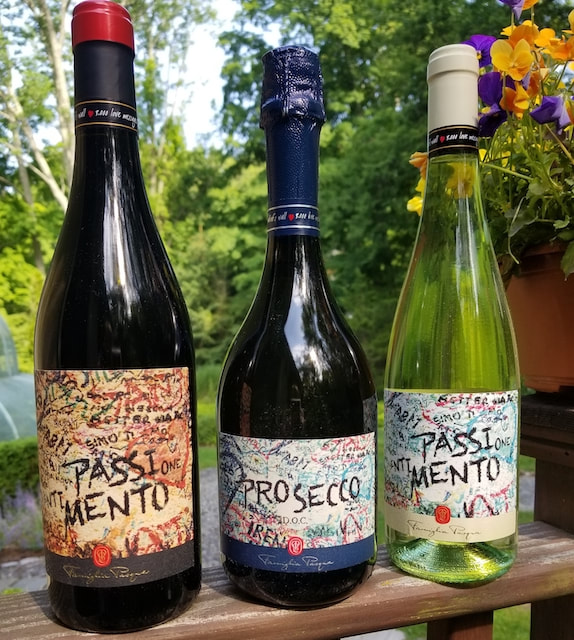
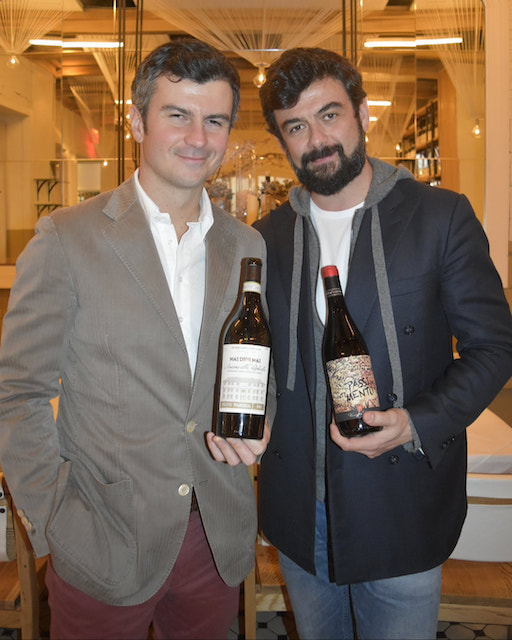
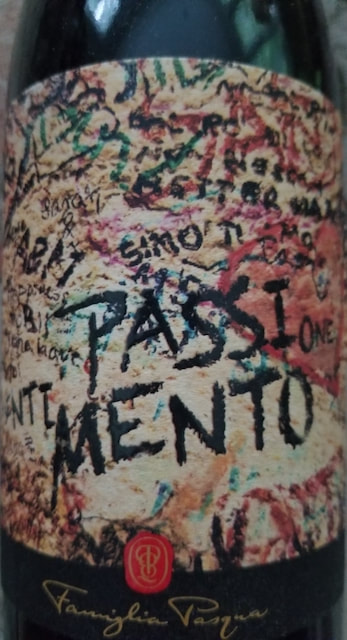
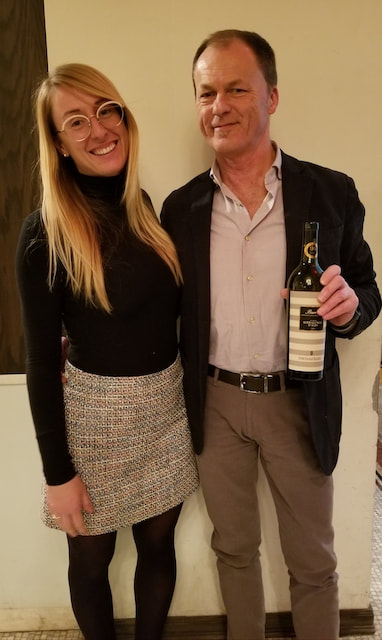
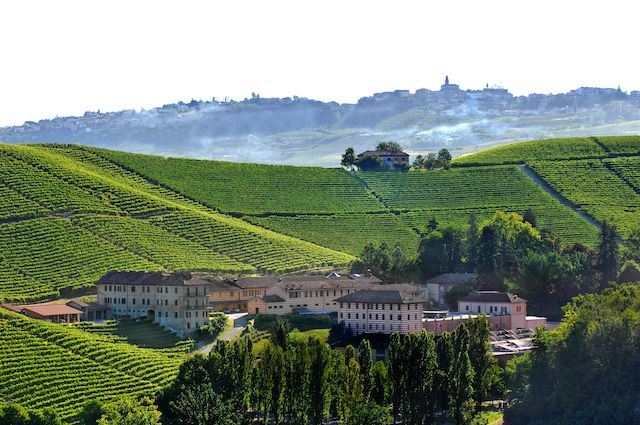
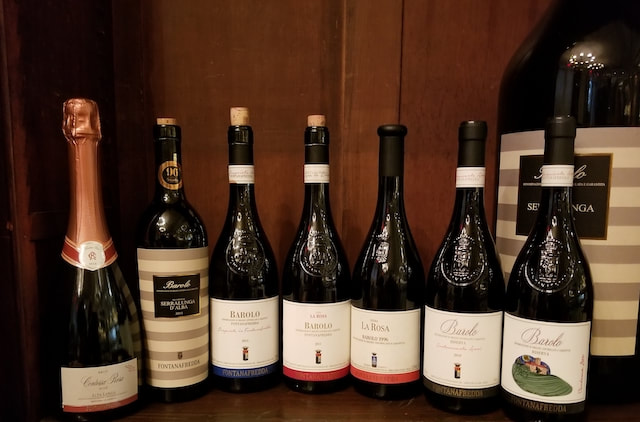
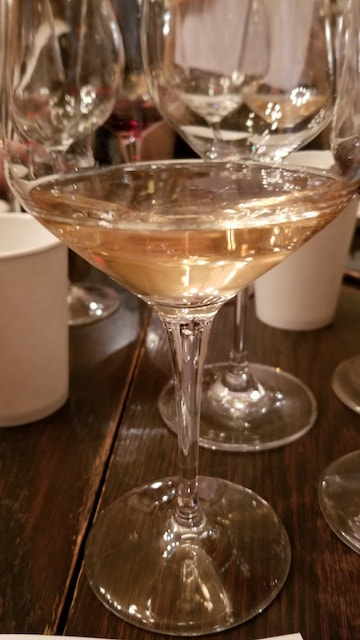
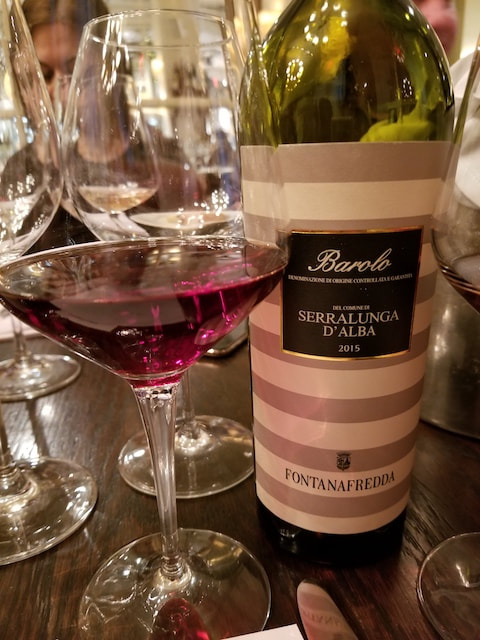
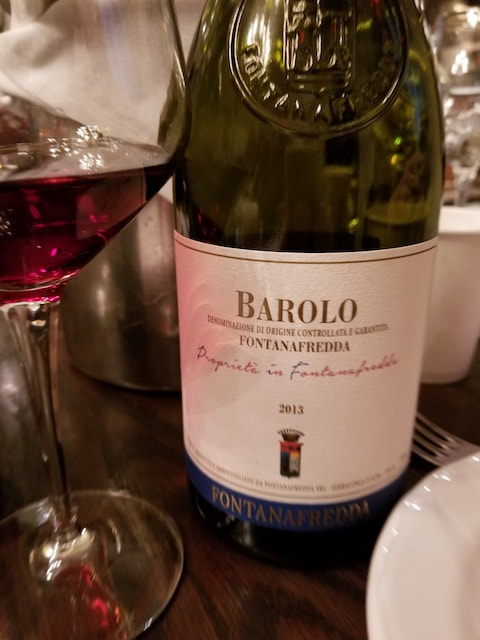
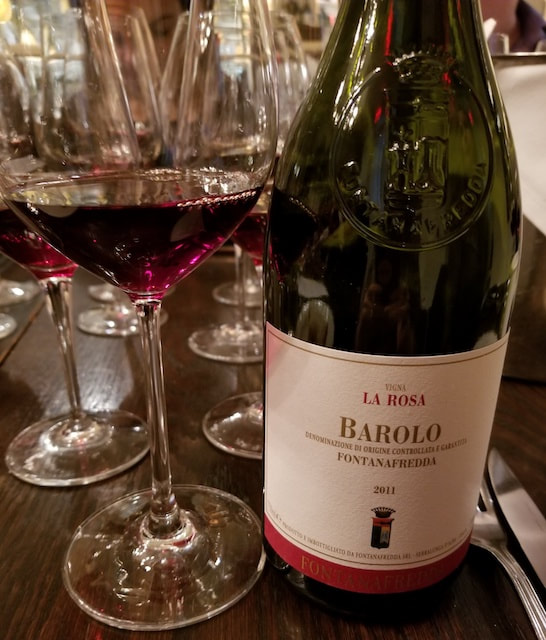
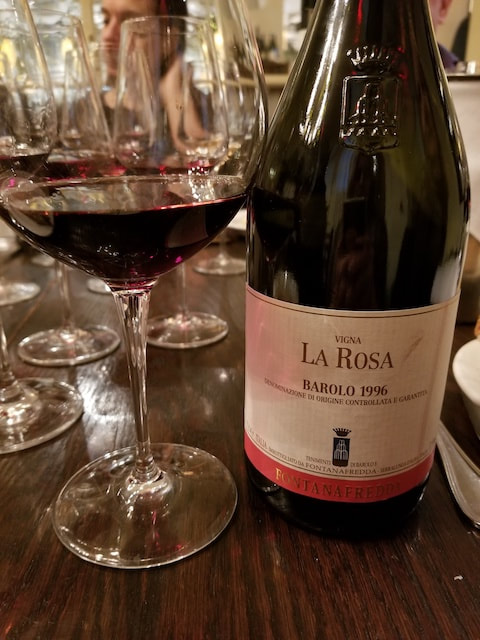
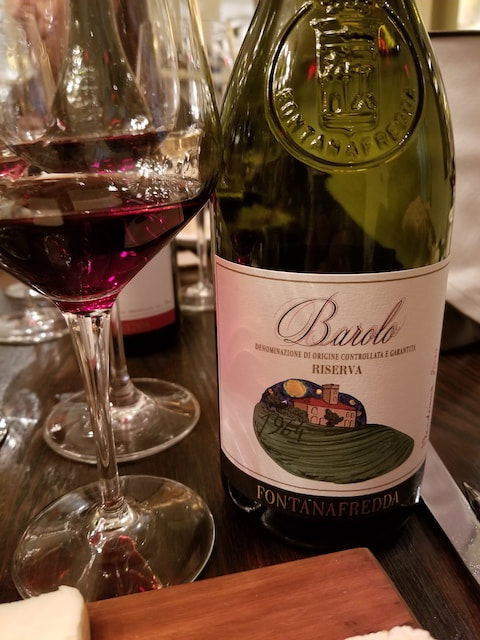
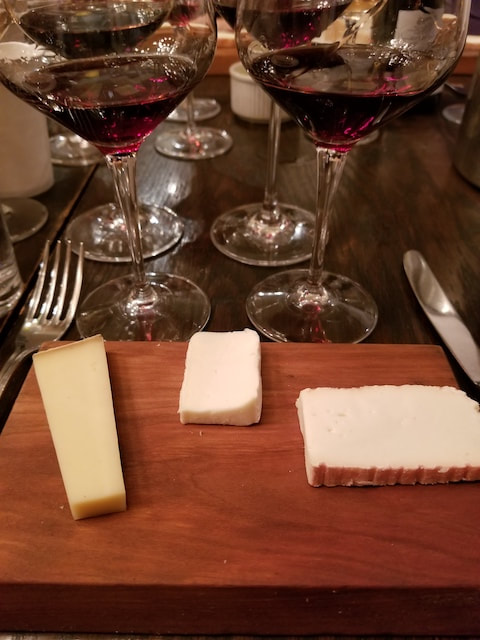

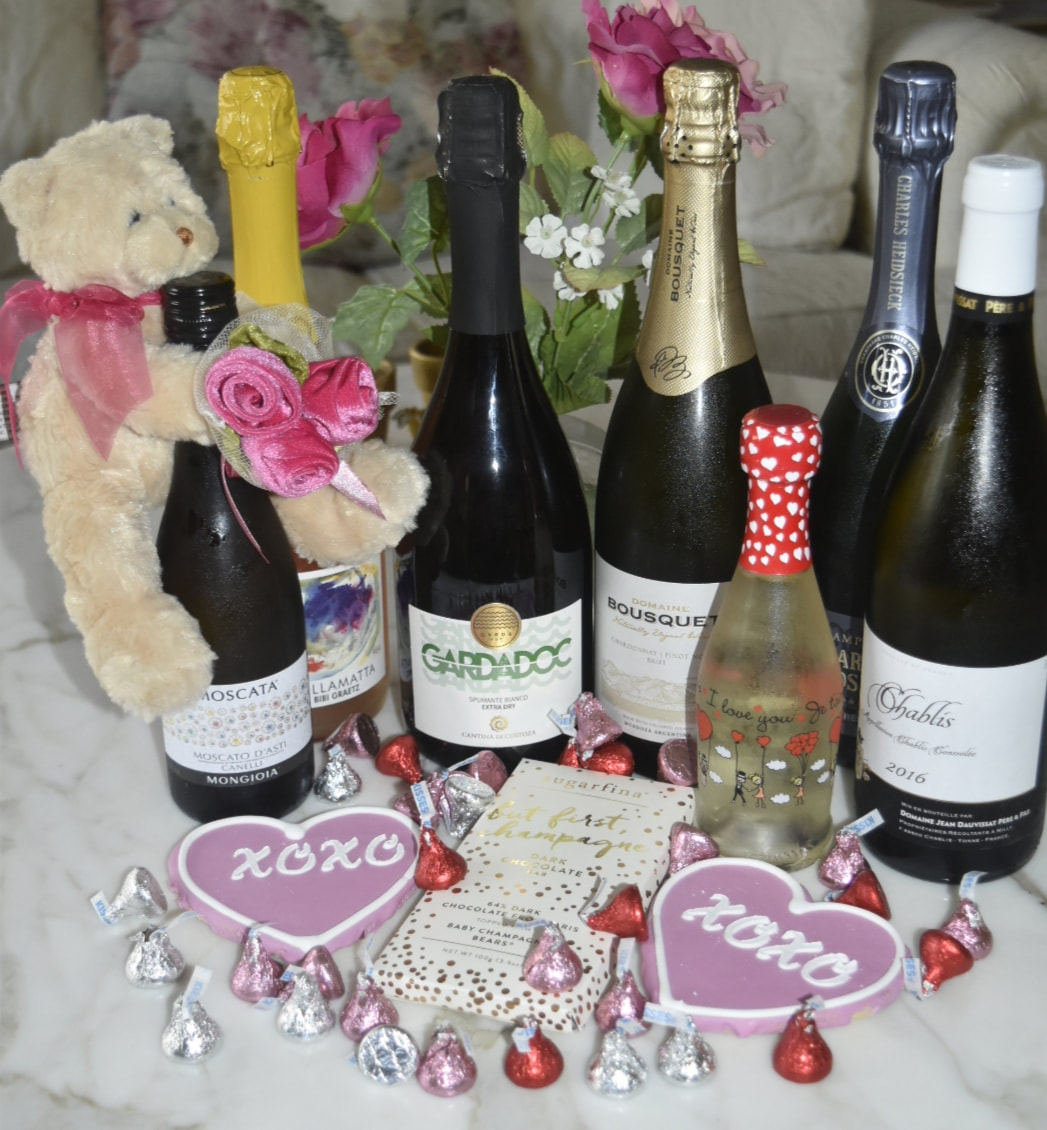
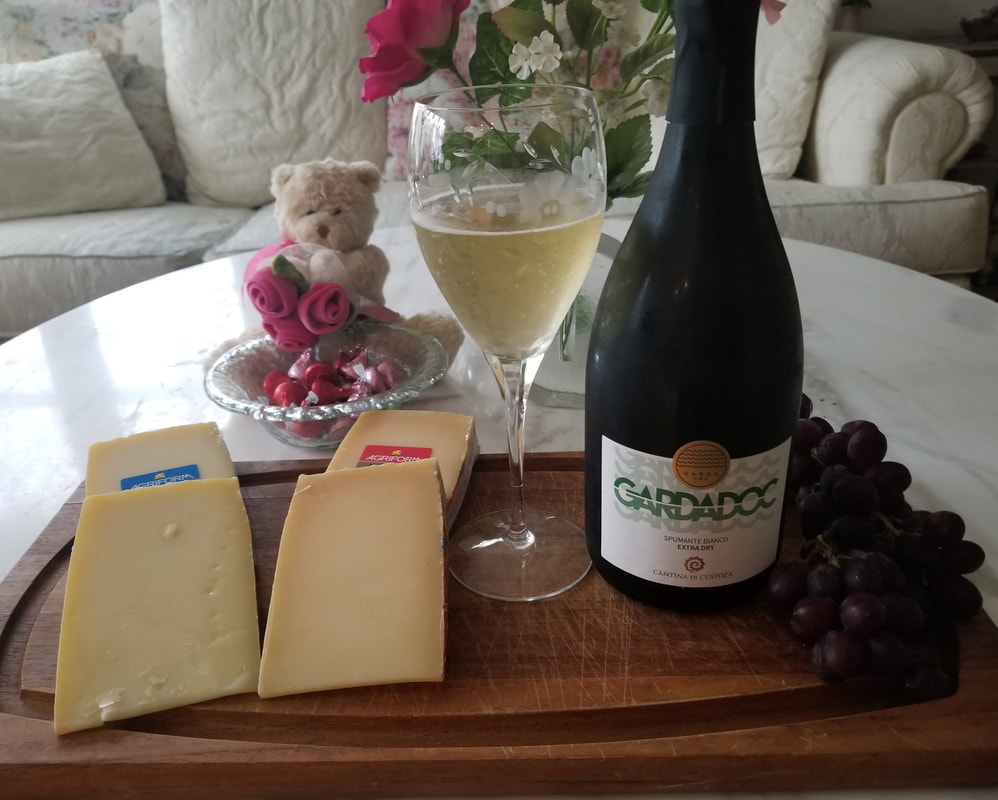
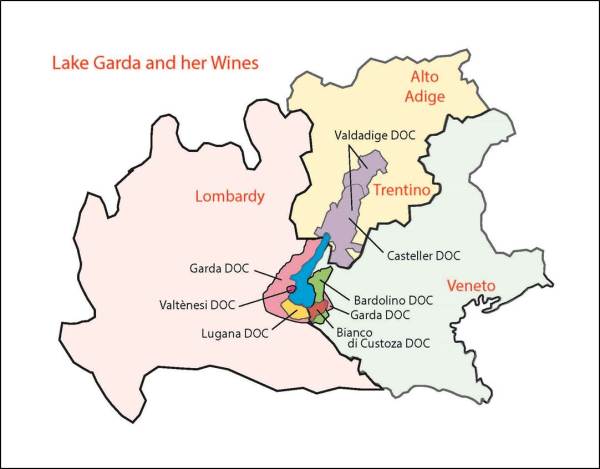
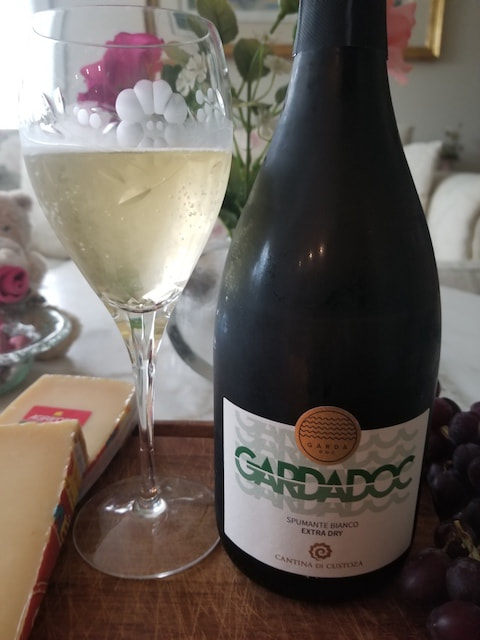
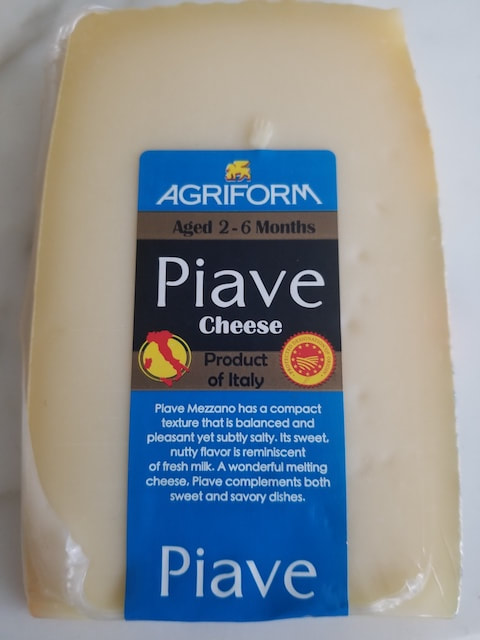
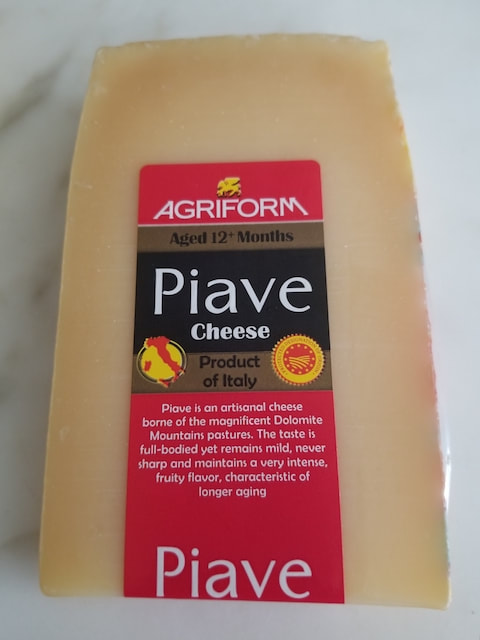
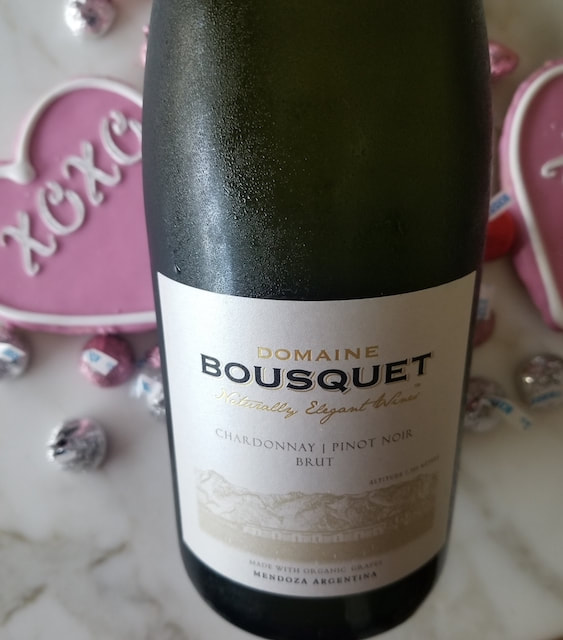
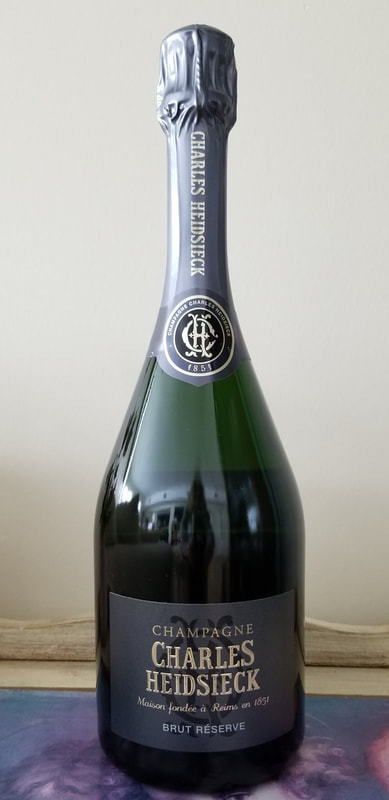
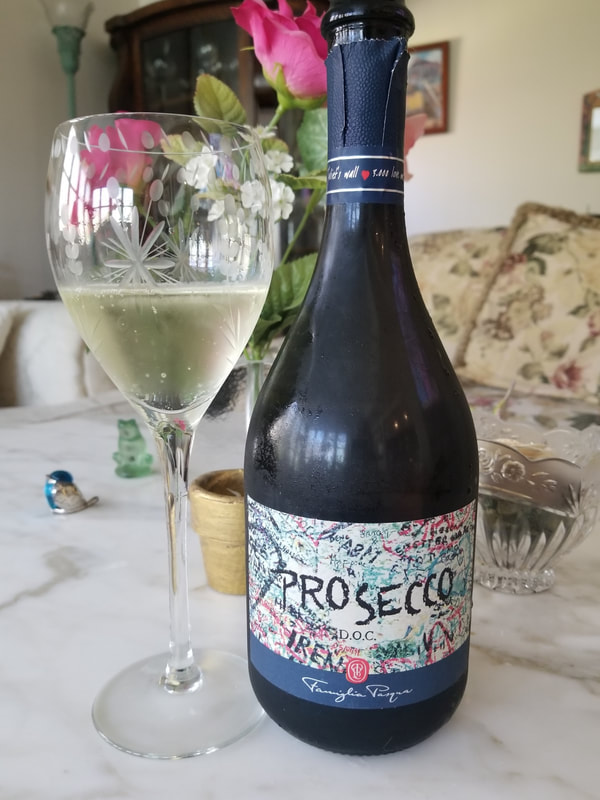
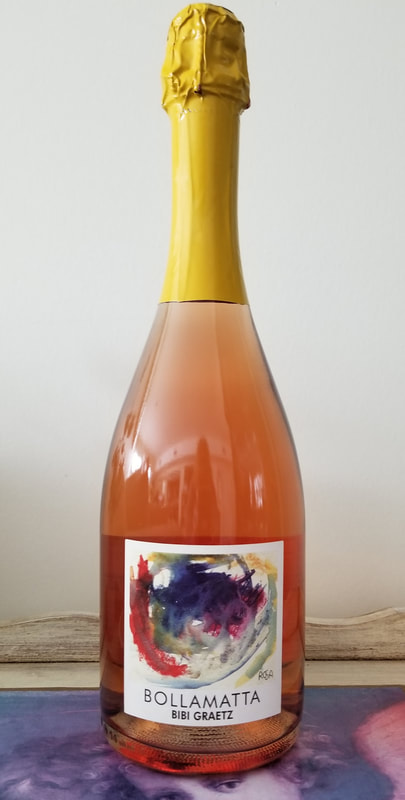
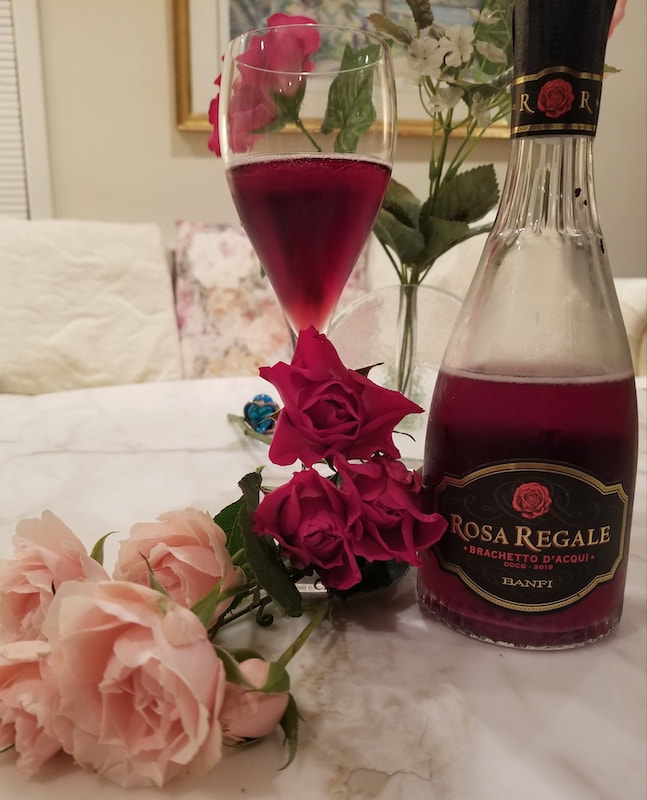
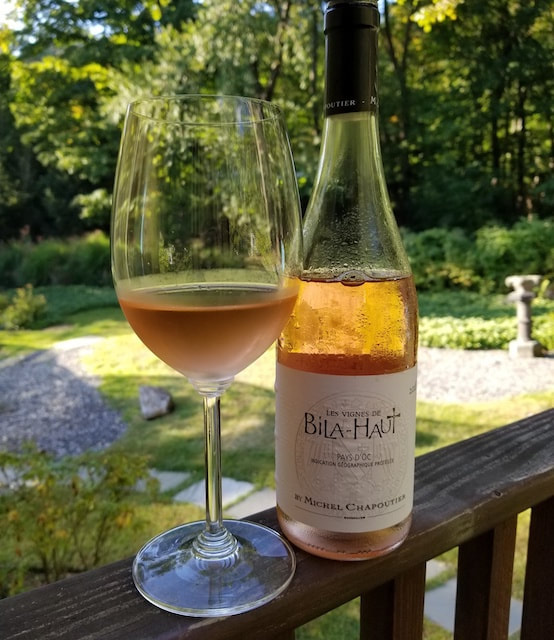
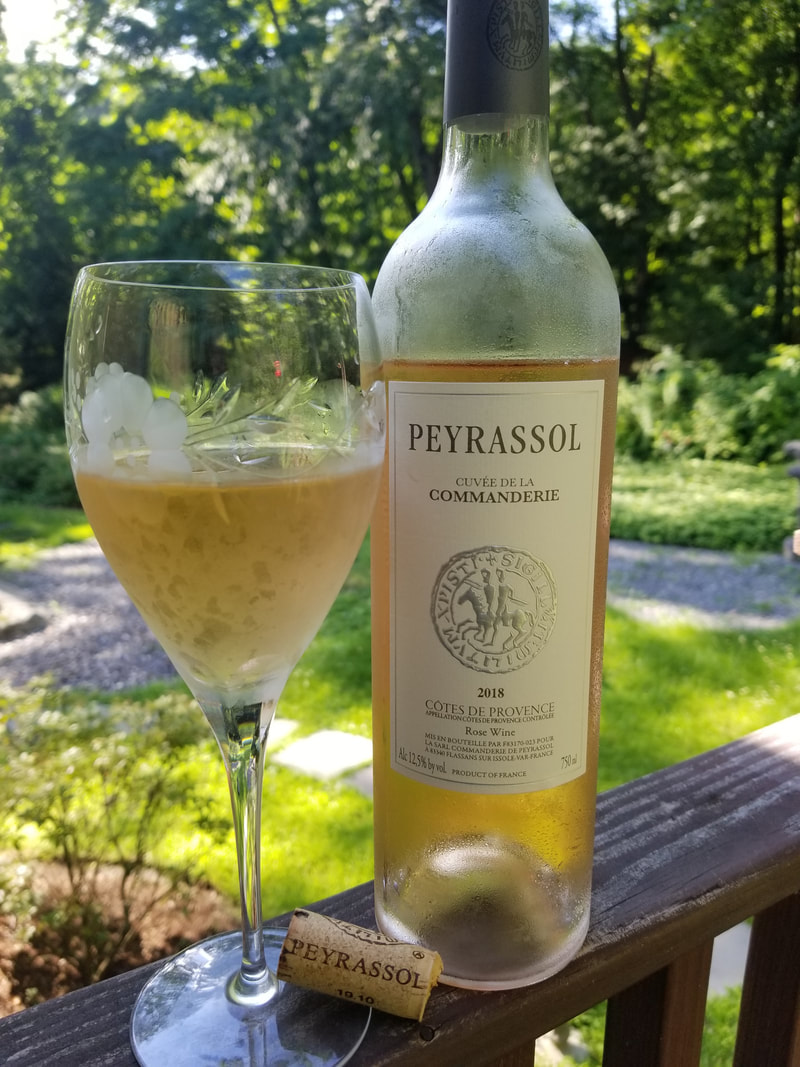
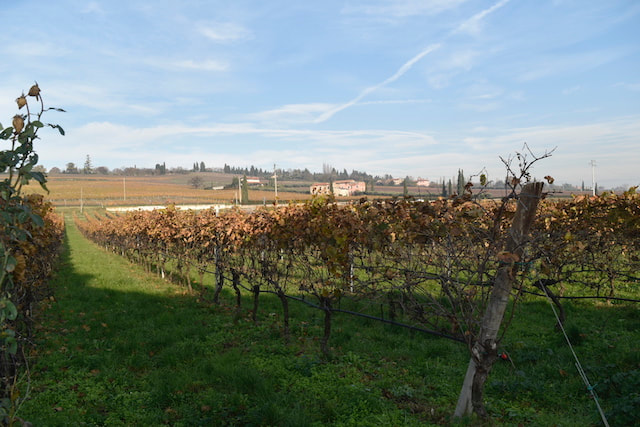
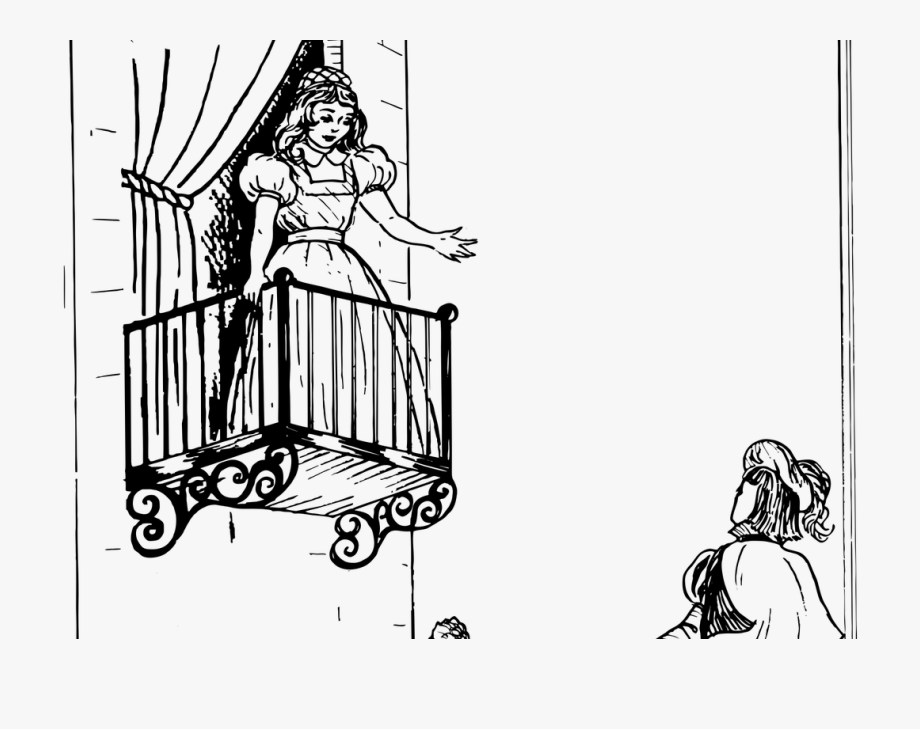
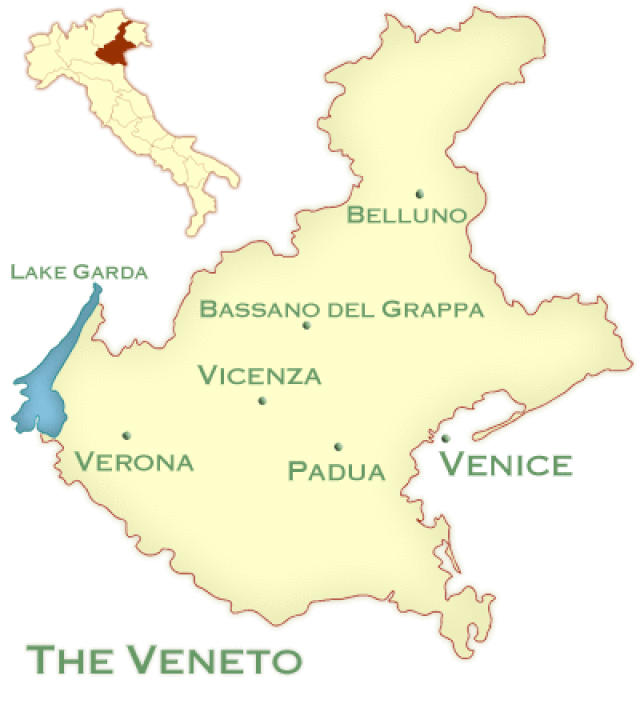
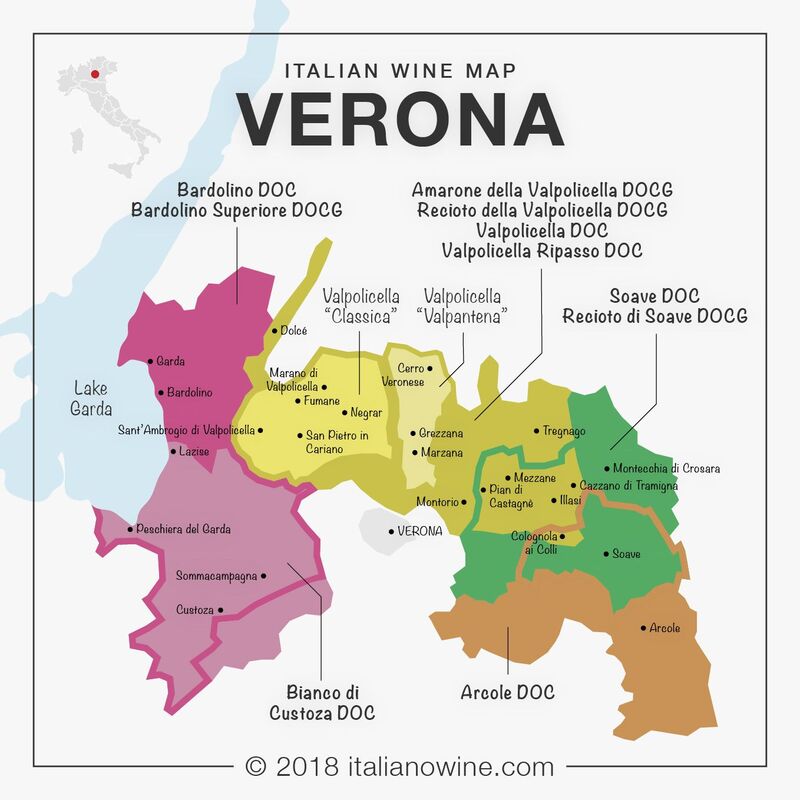
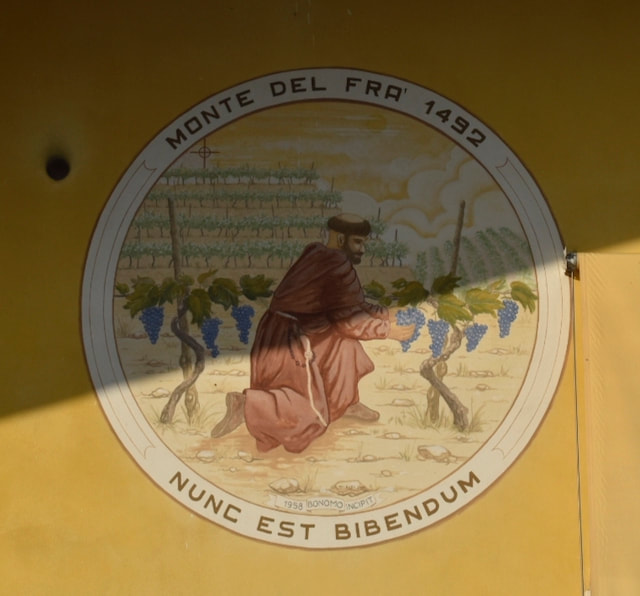
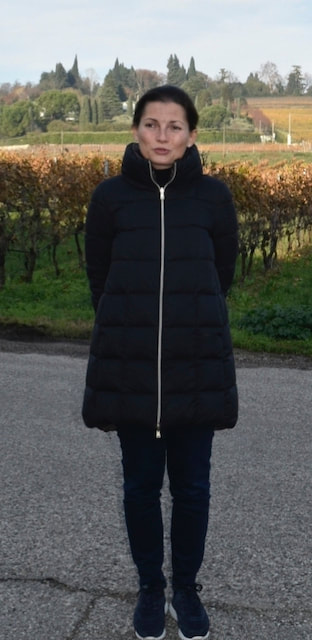
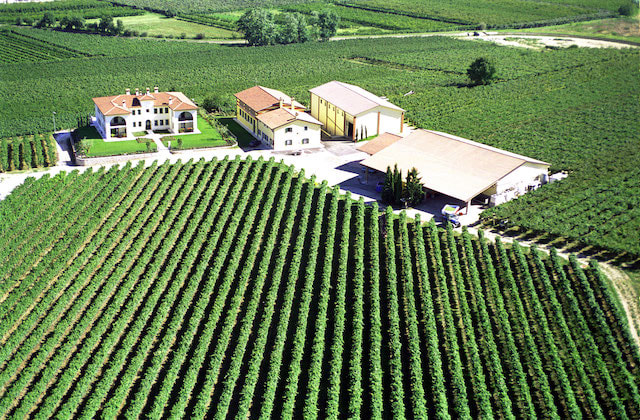
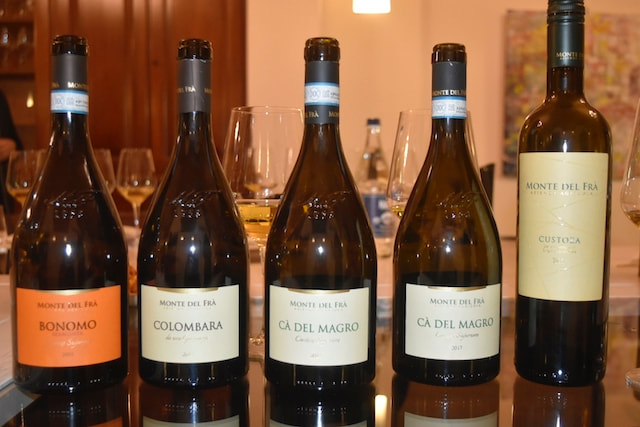
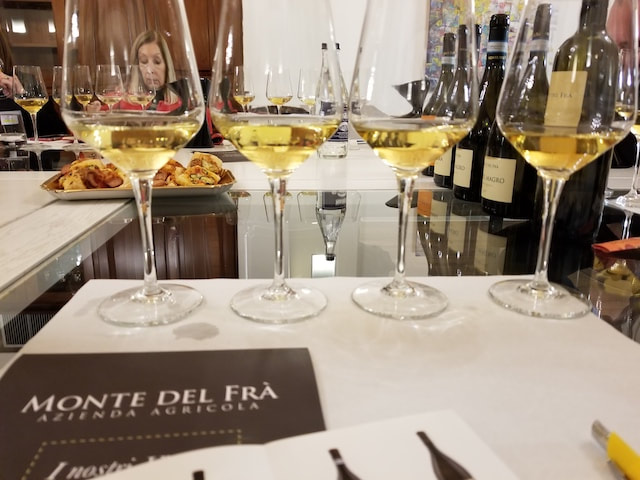
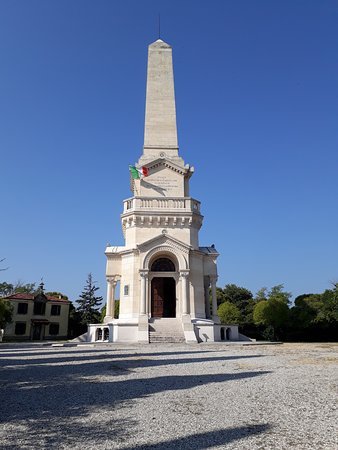
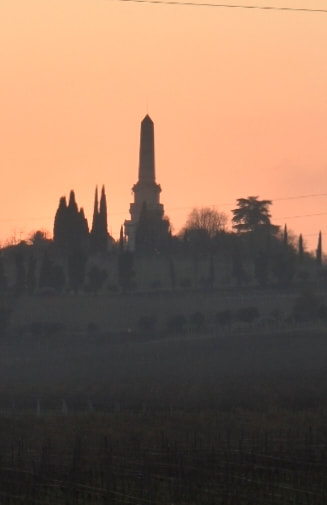
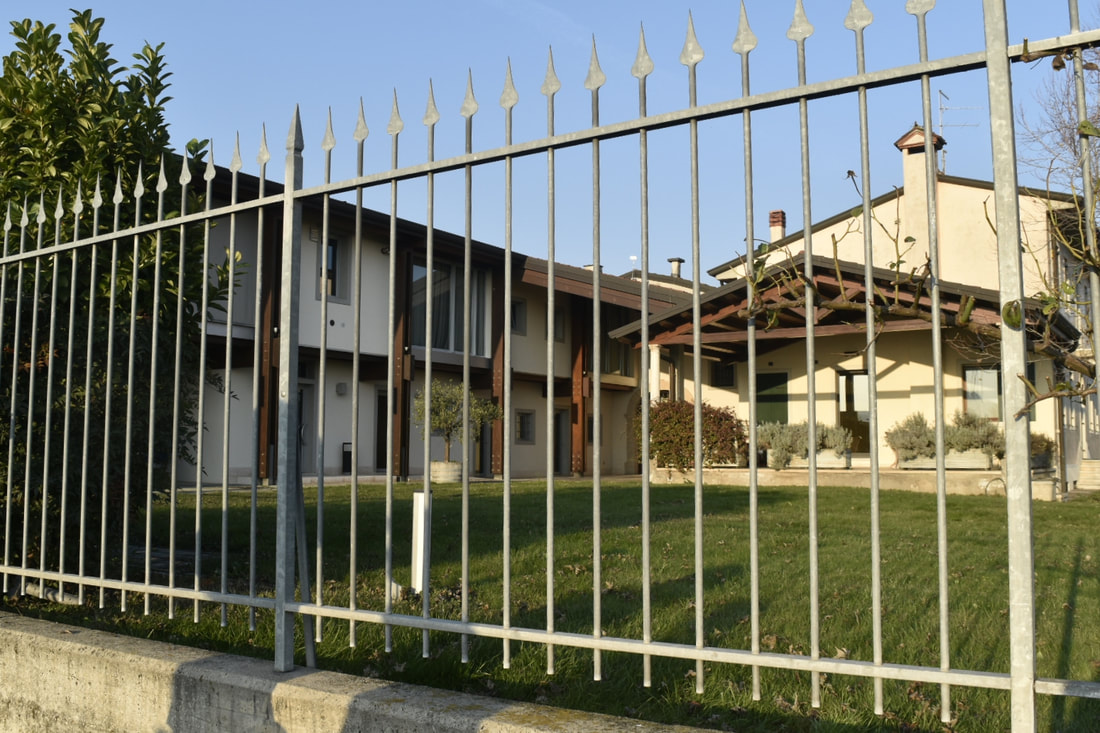
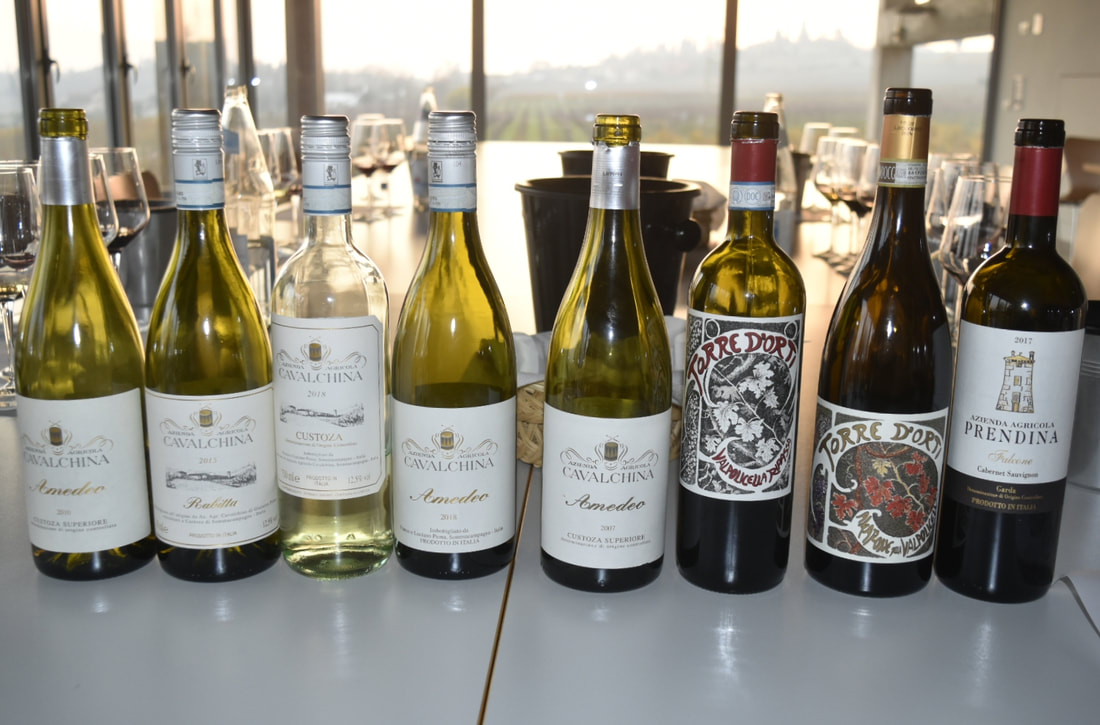
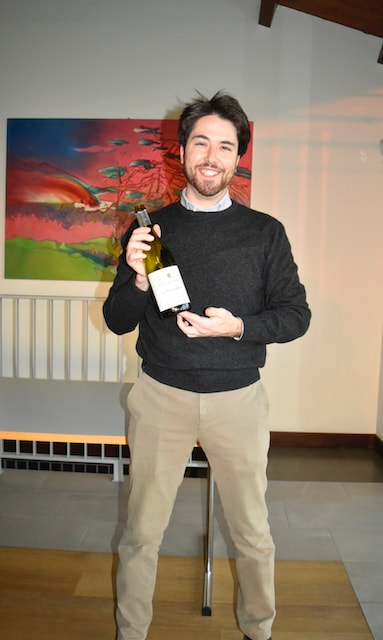
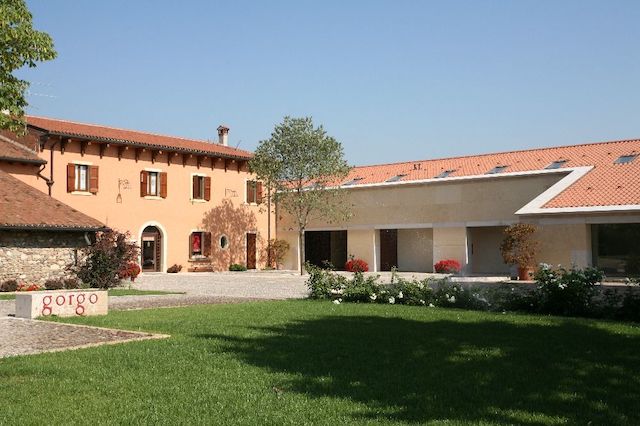
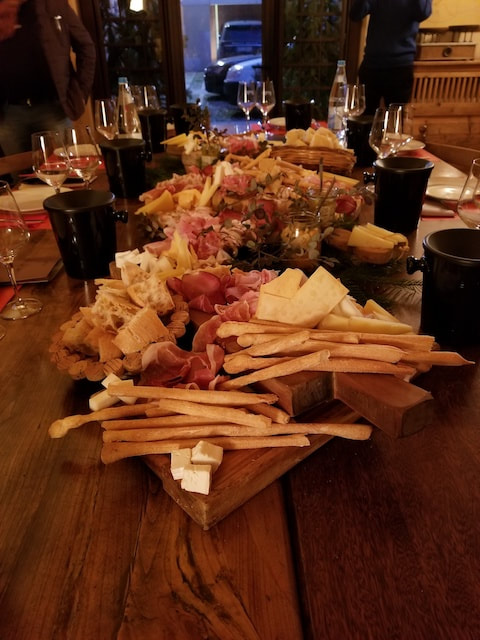
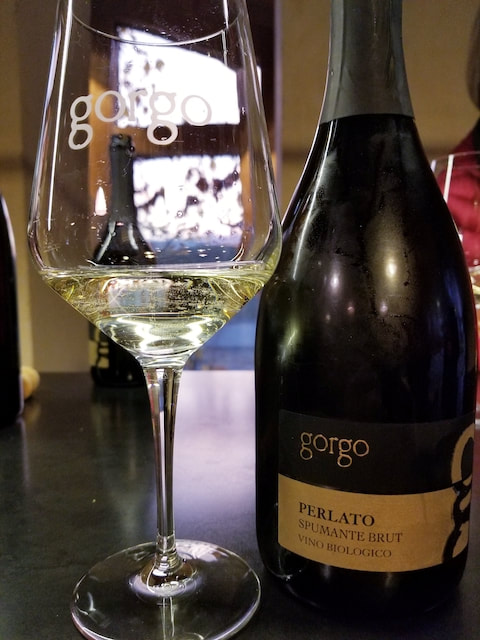

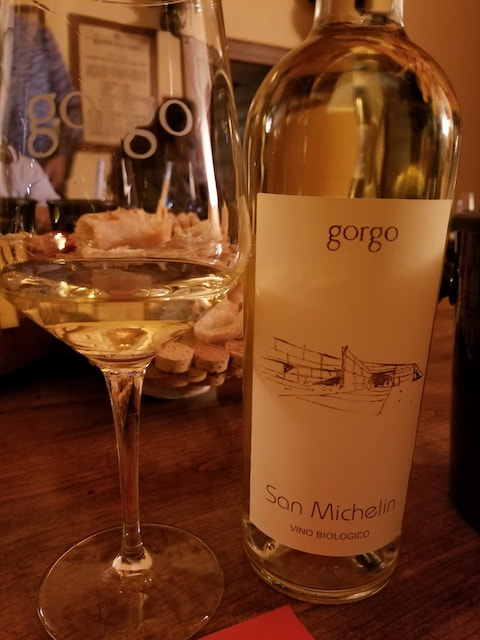
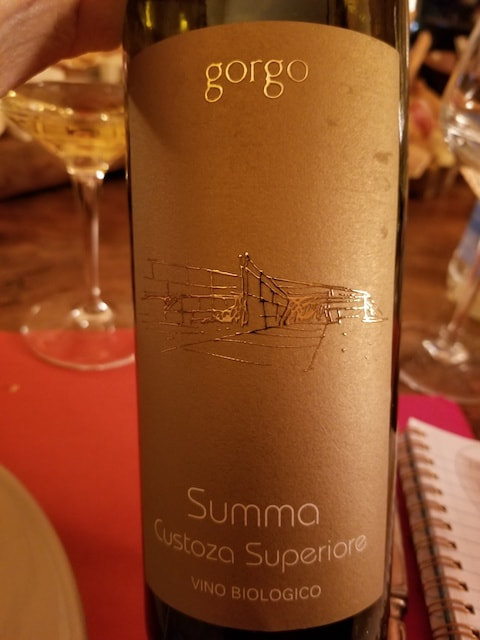
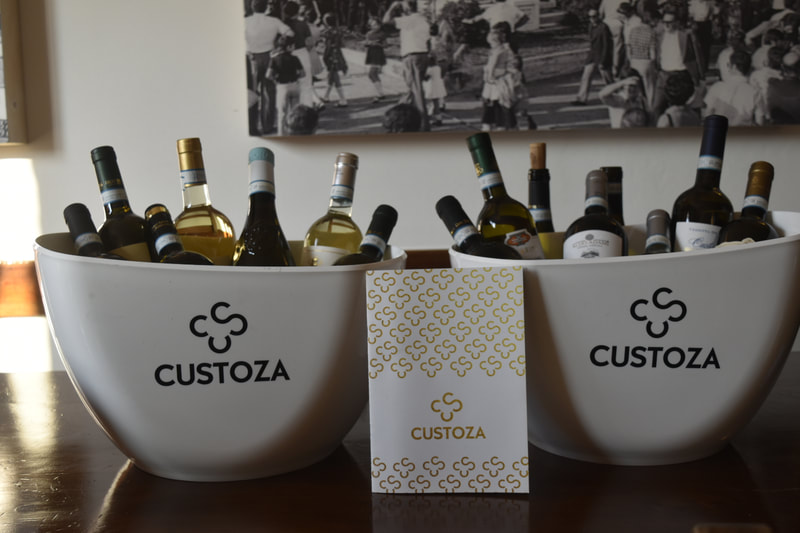
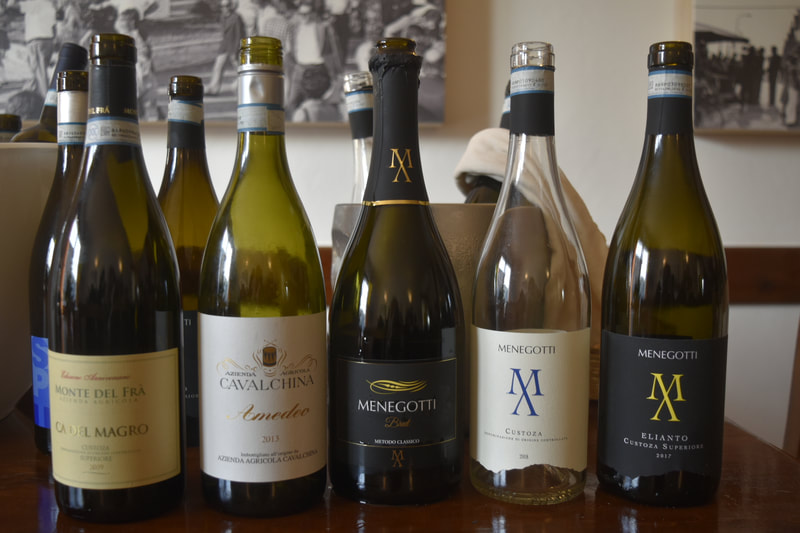
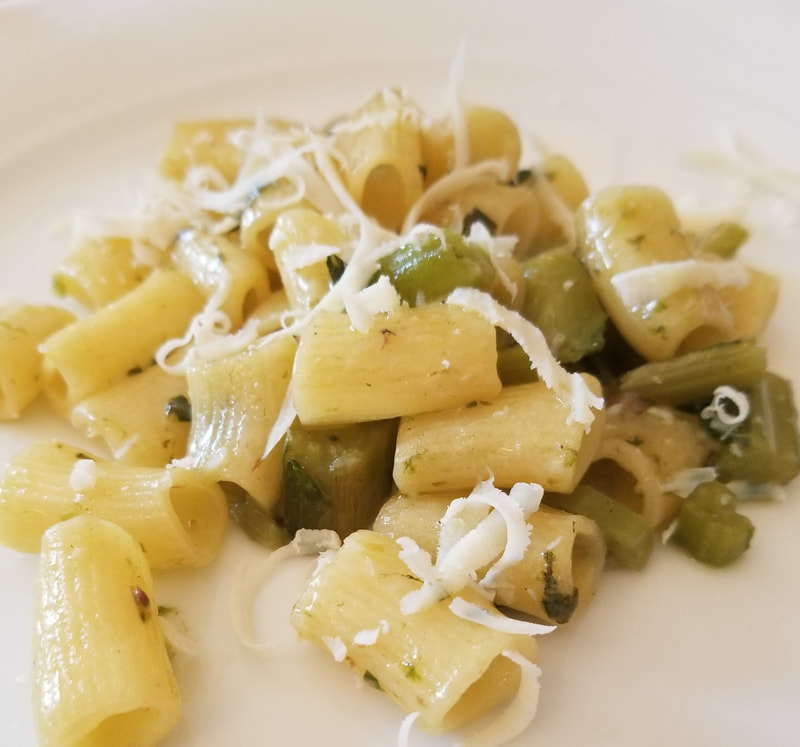
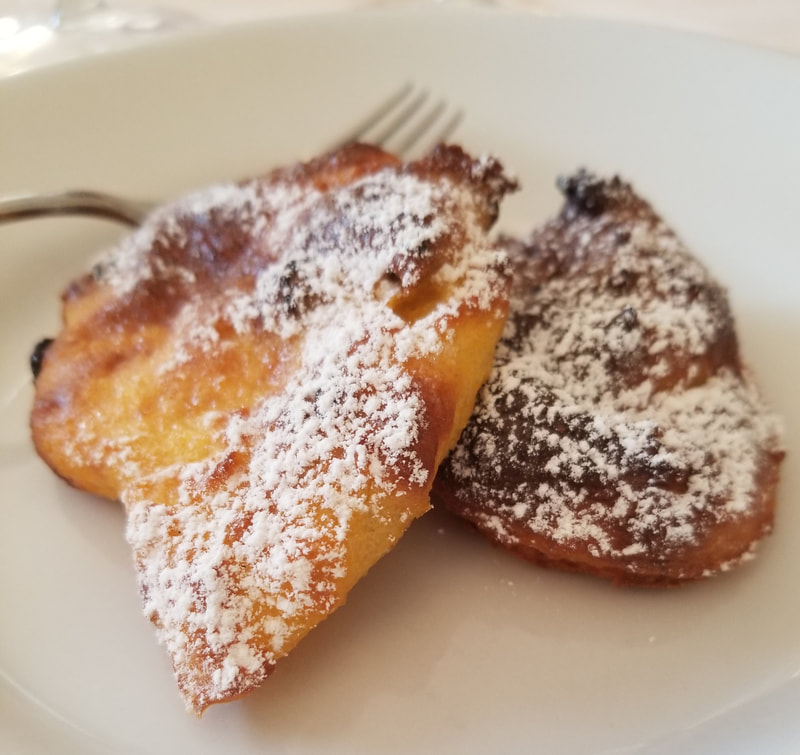
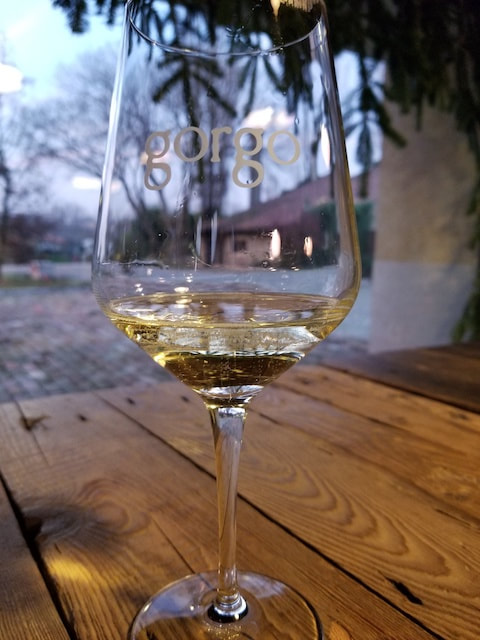
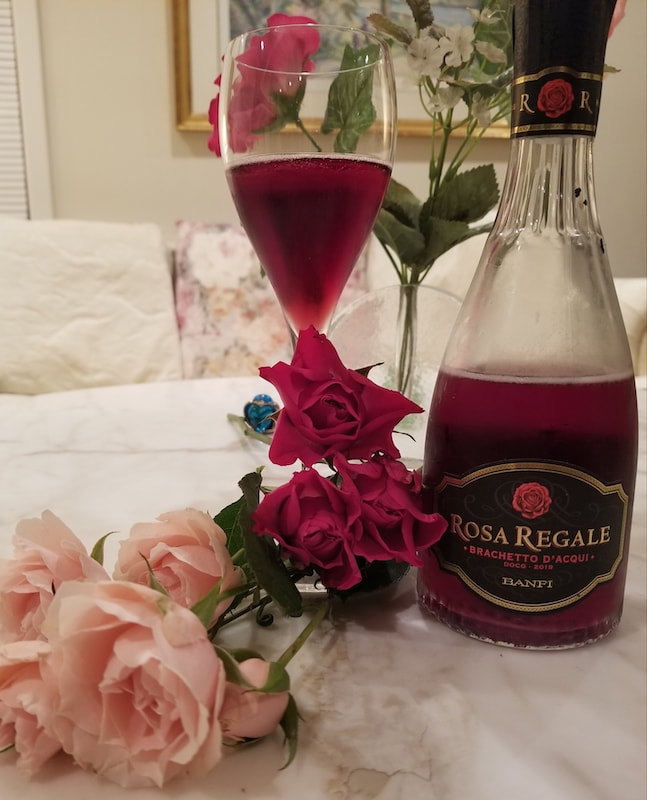
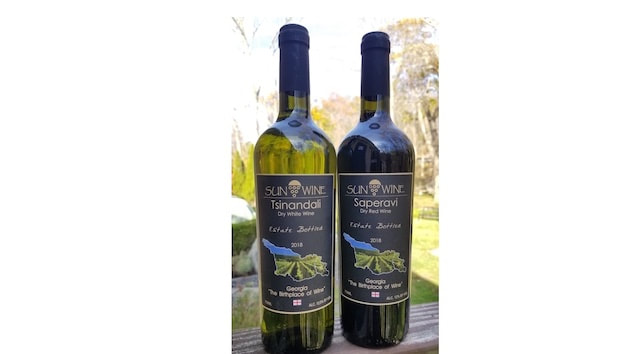
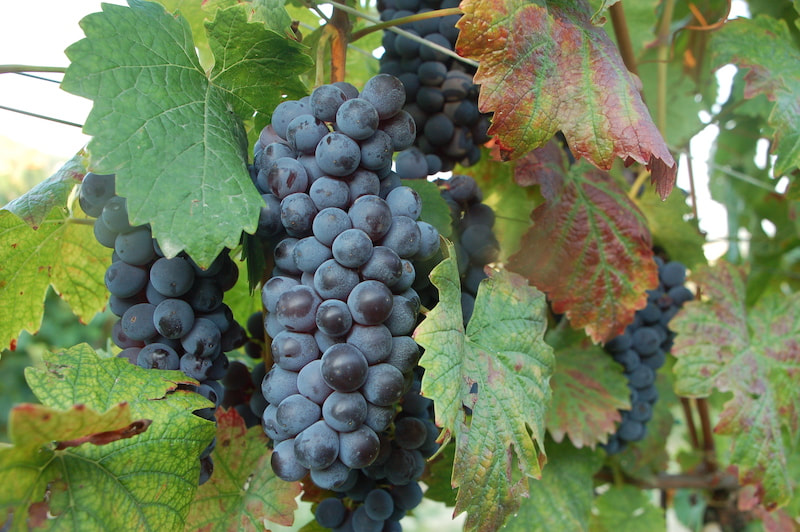
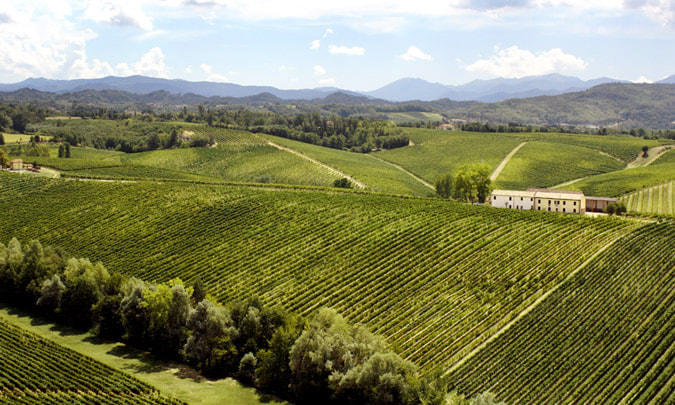
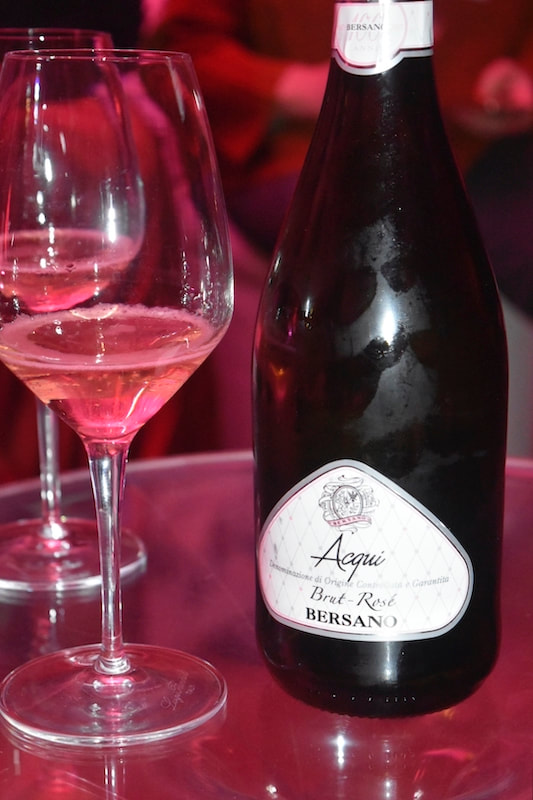
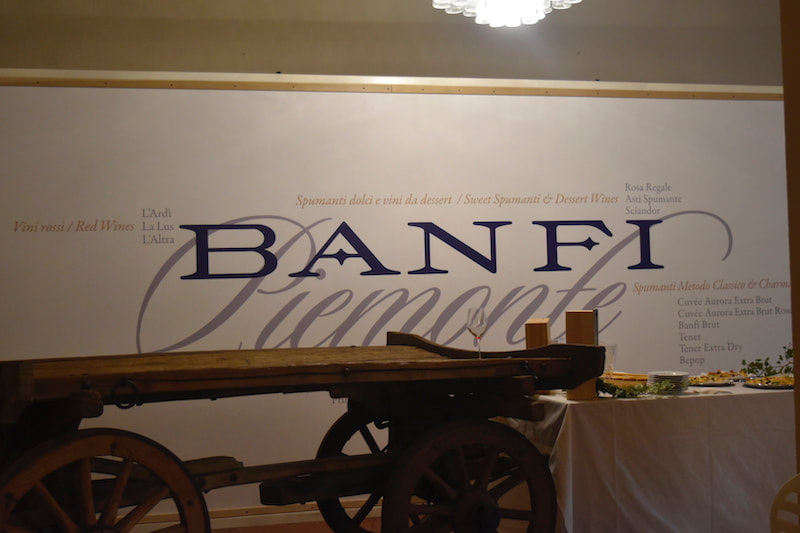
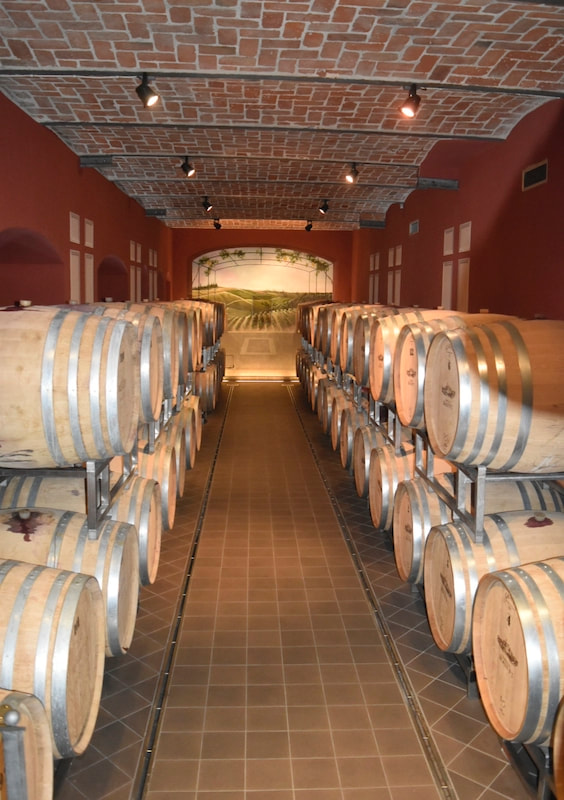
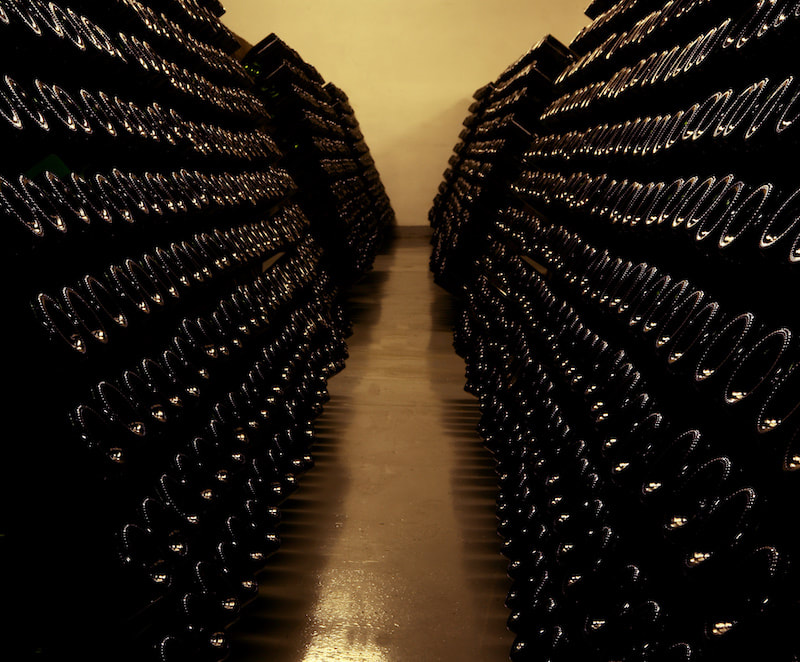
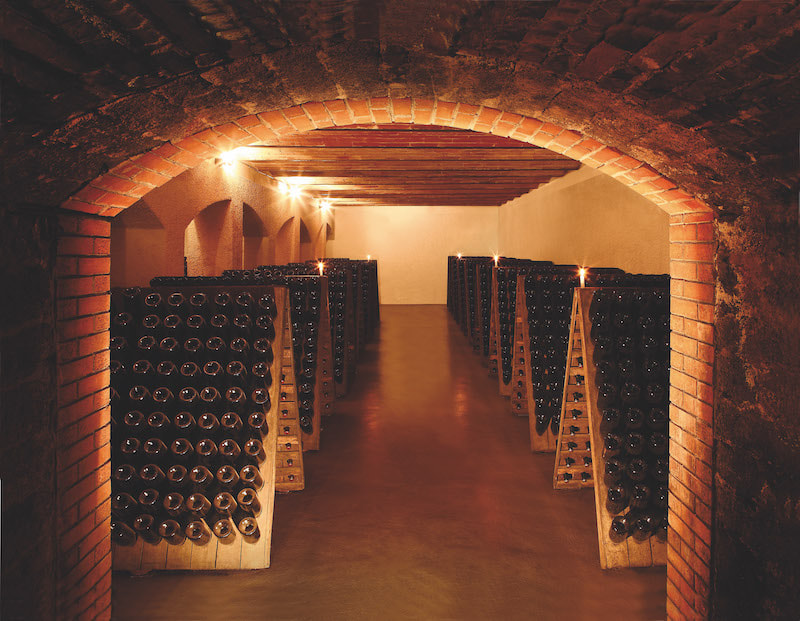
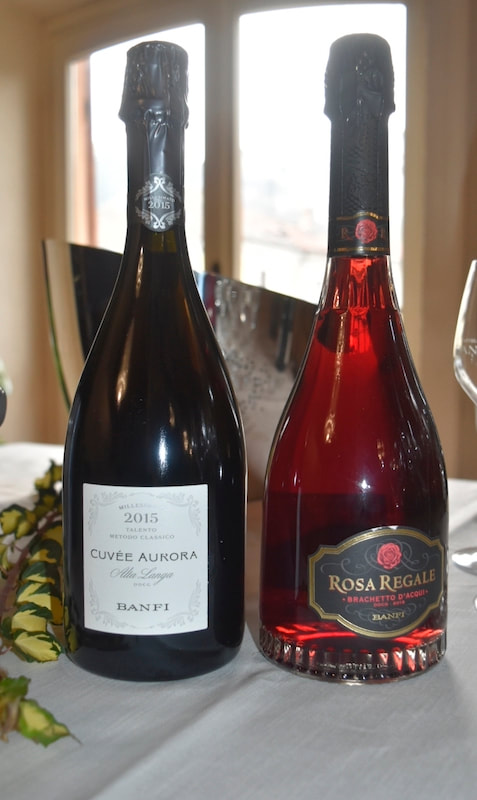
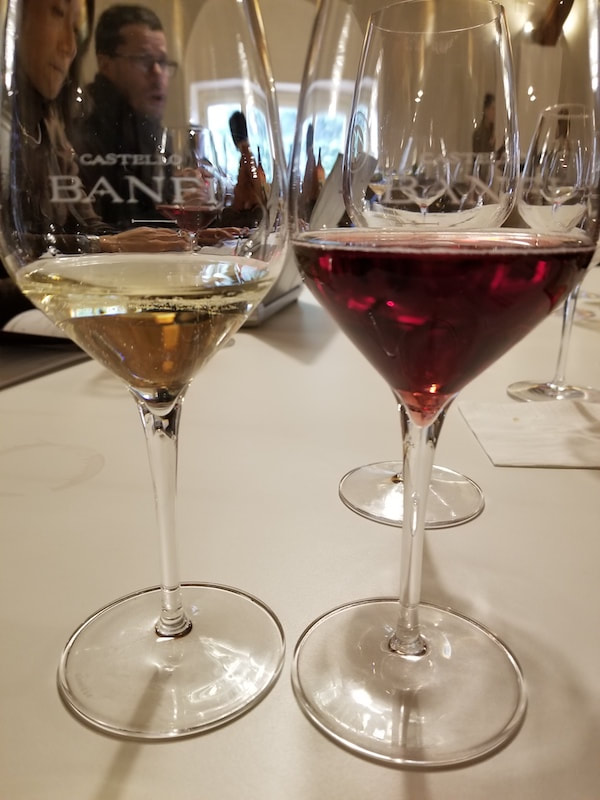
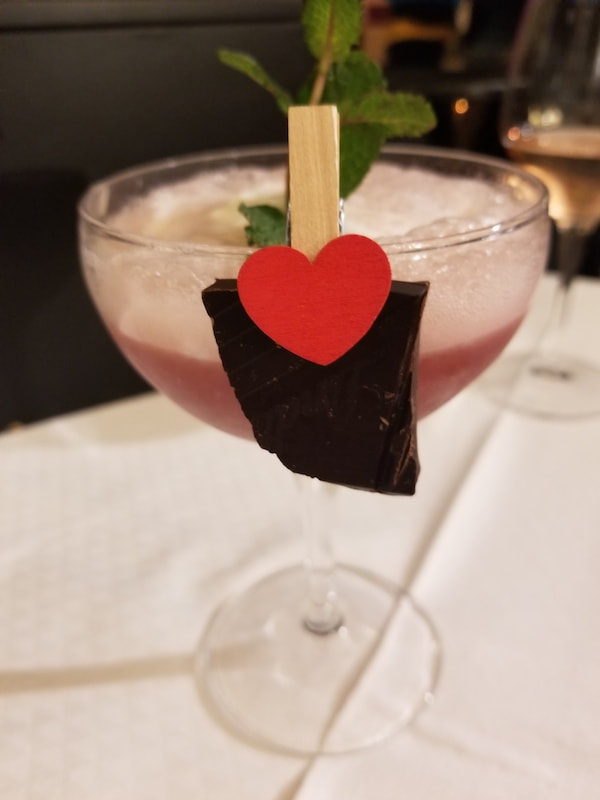
 RSS Feed
RSS Feed